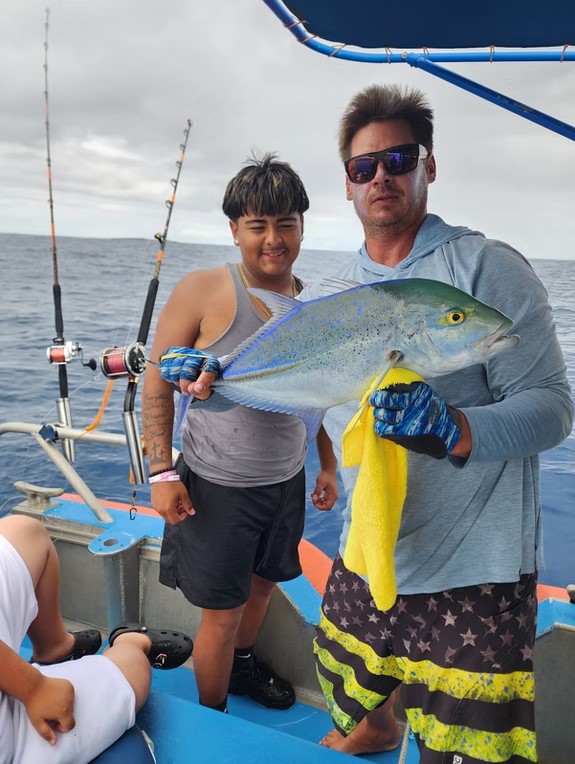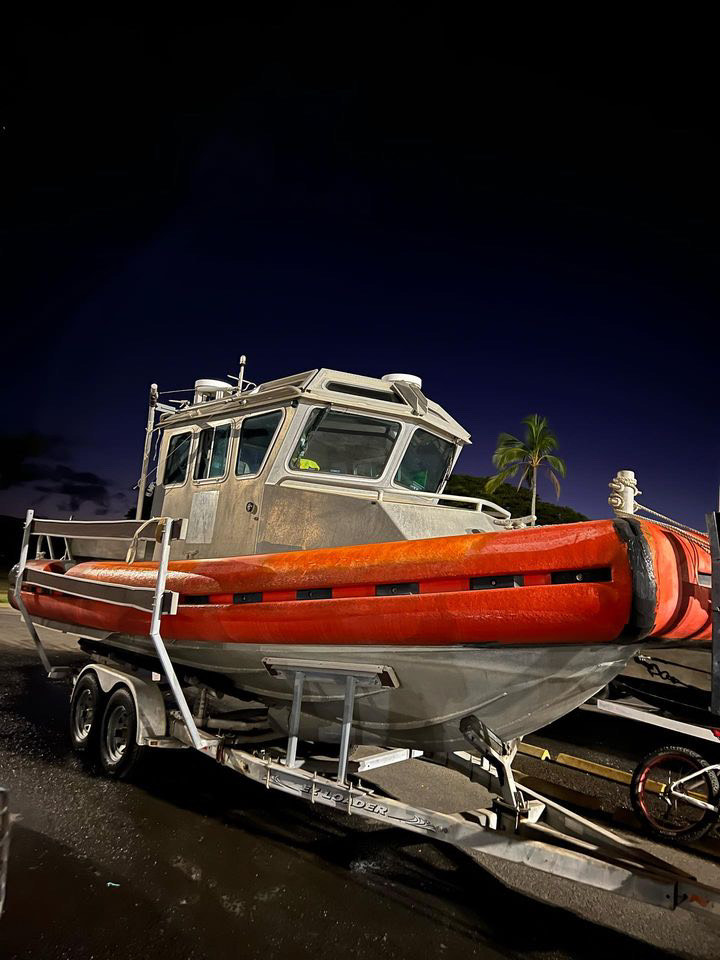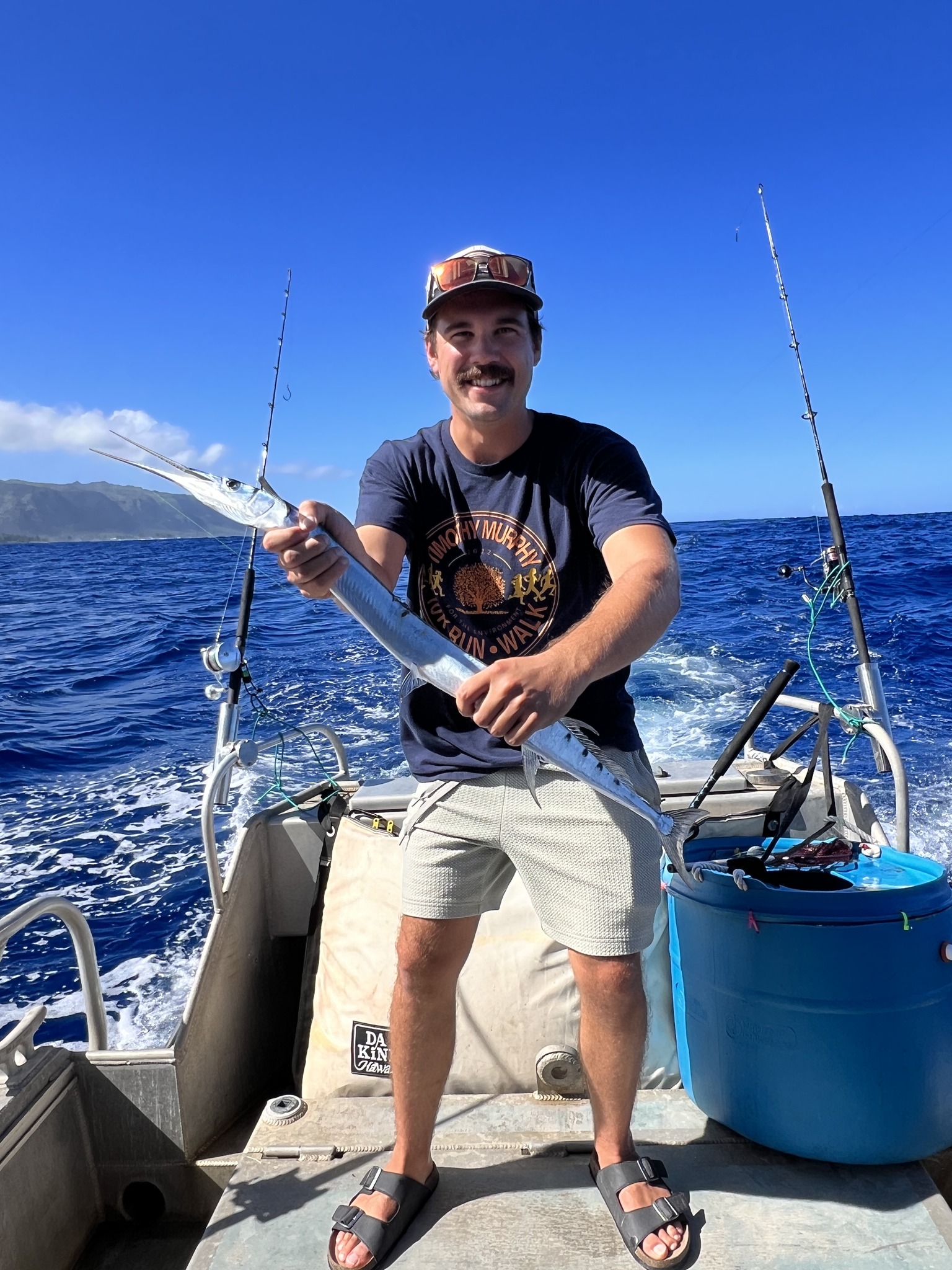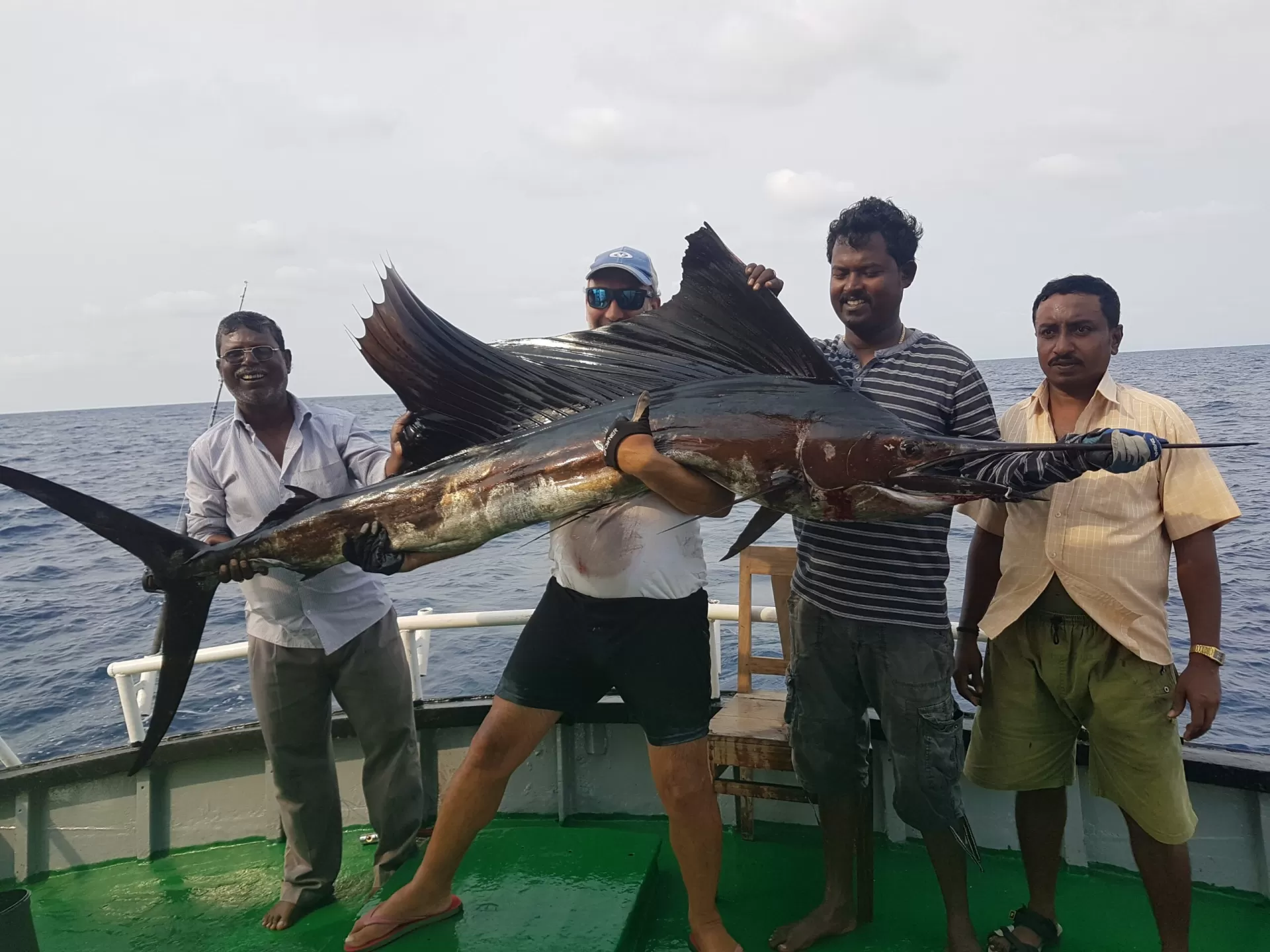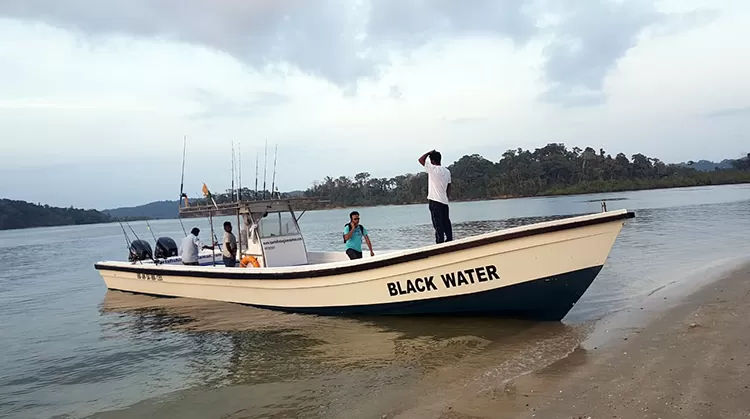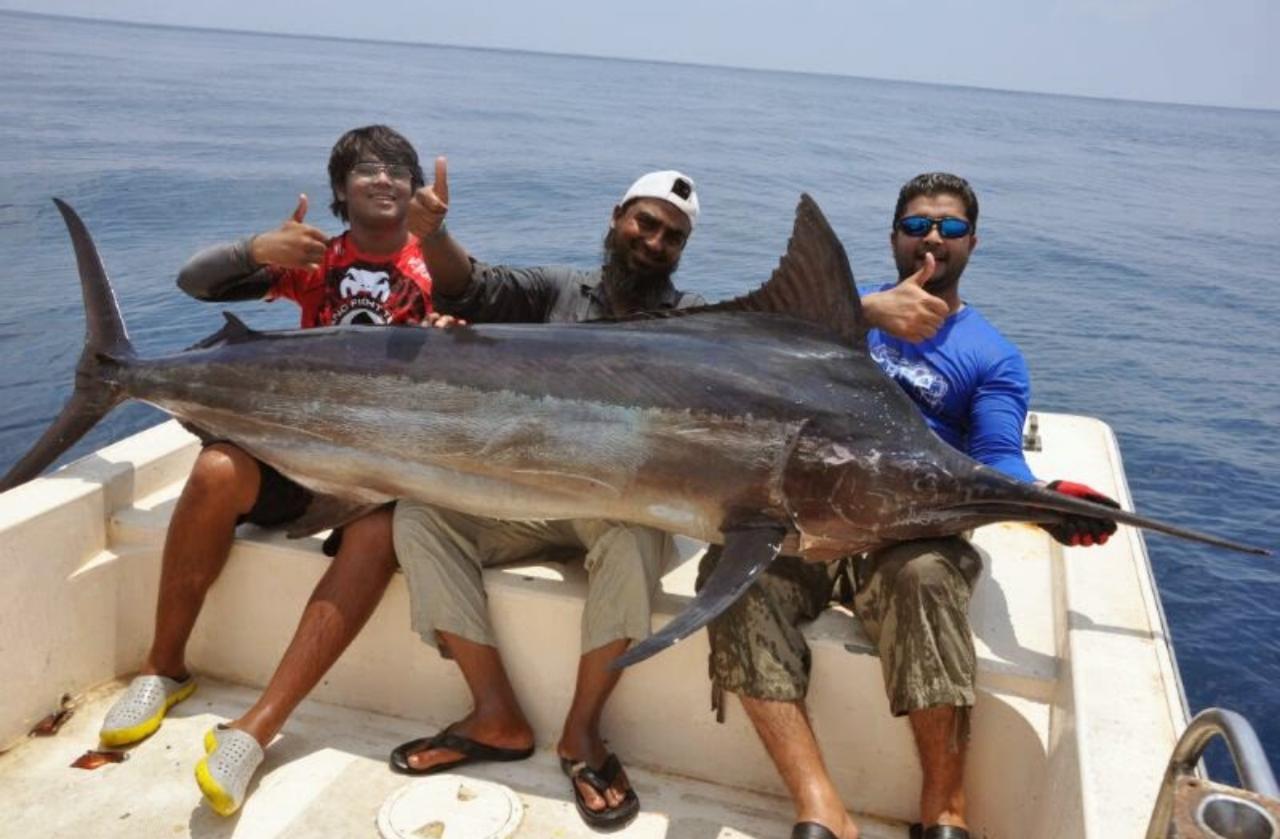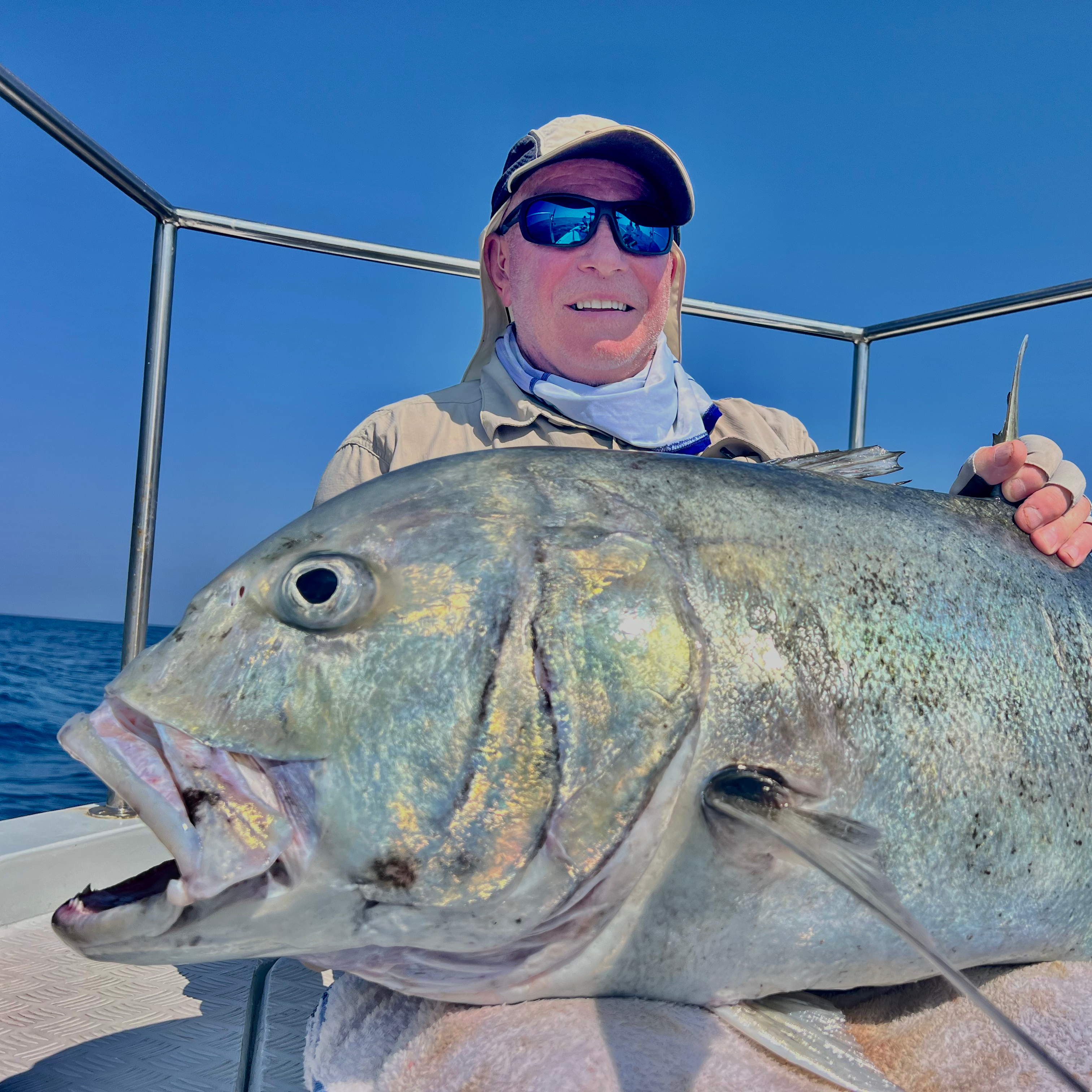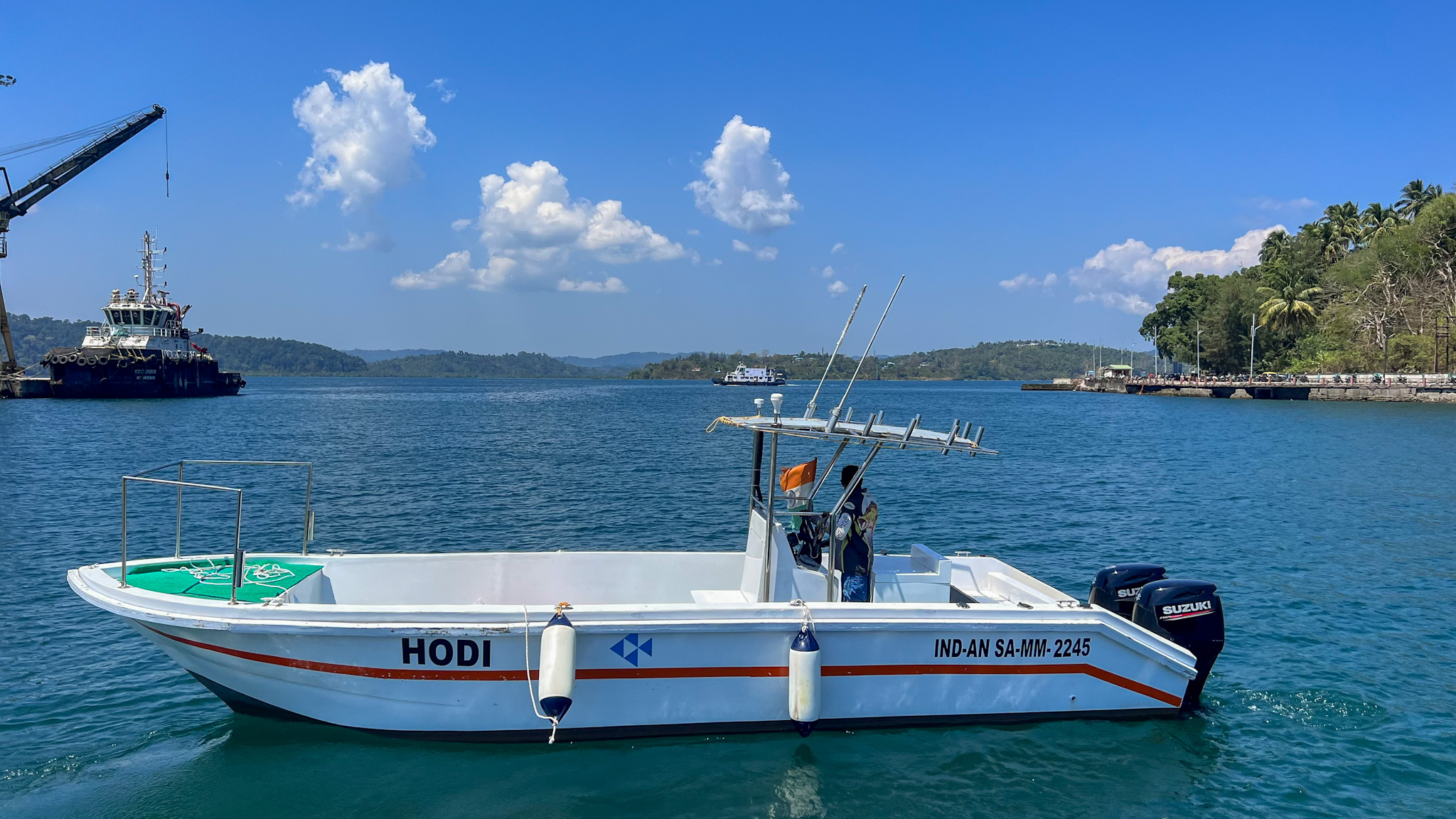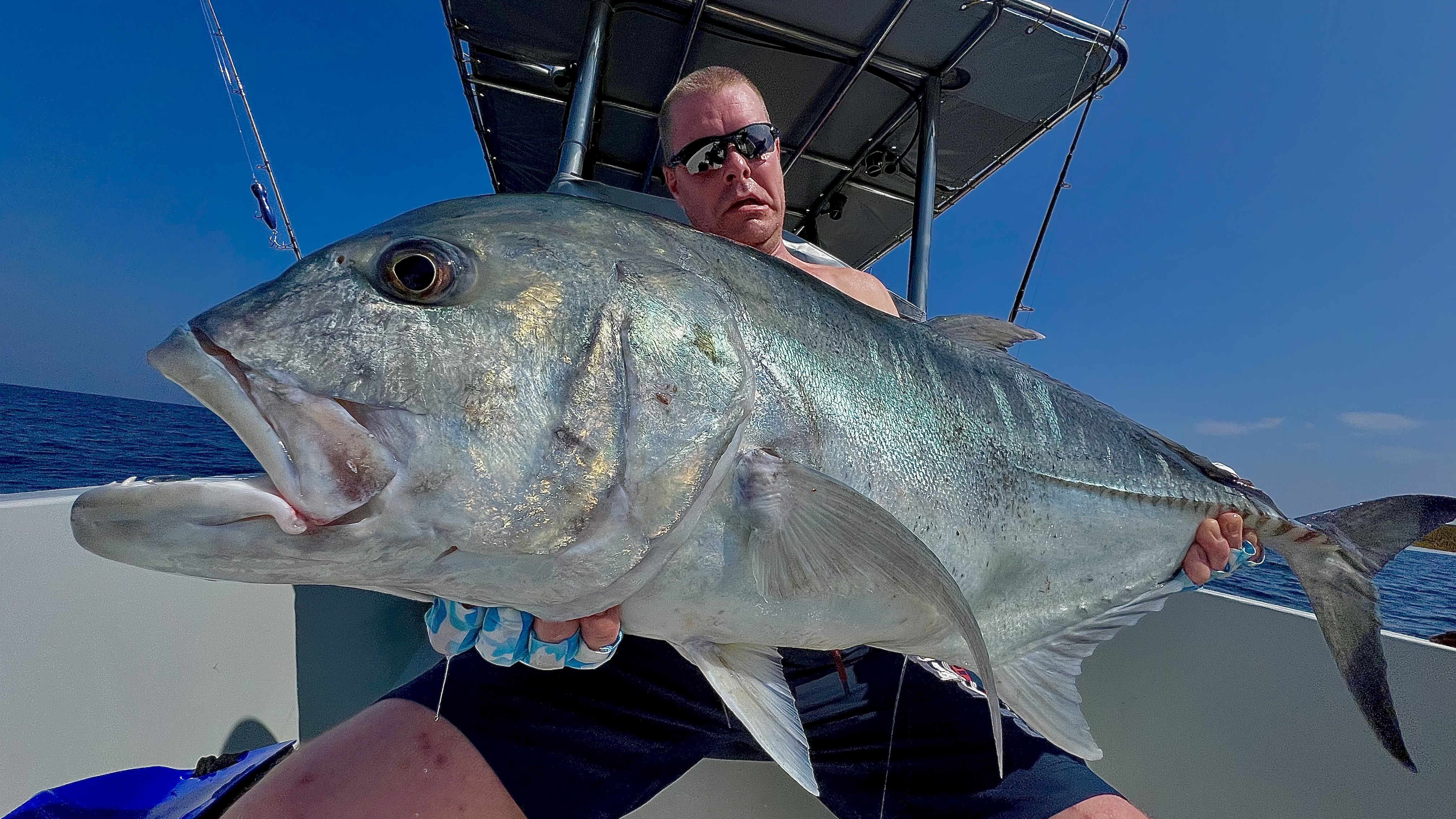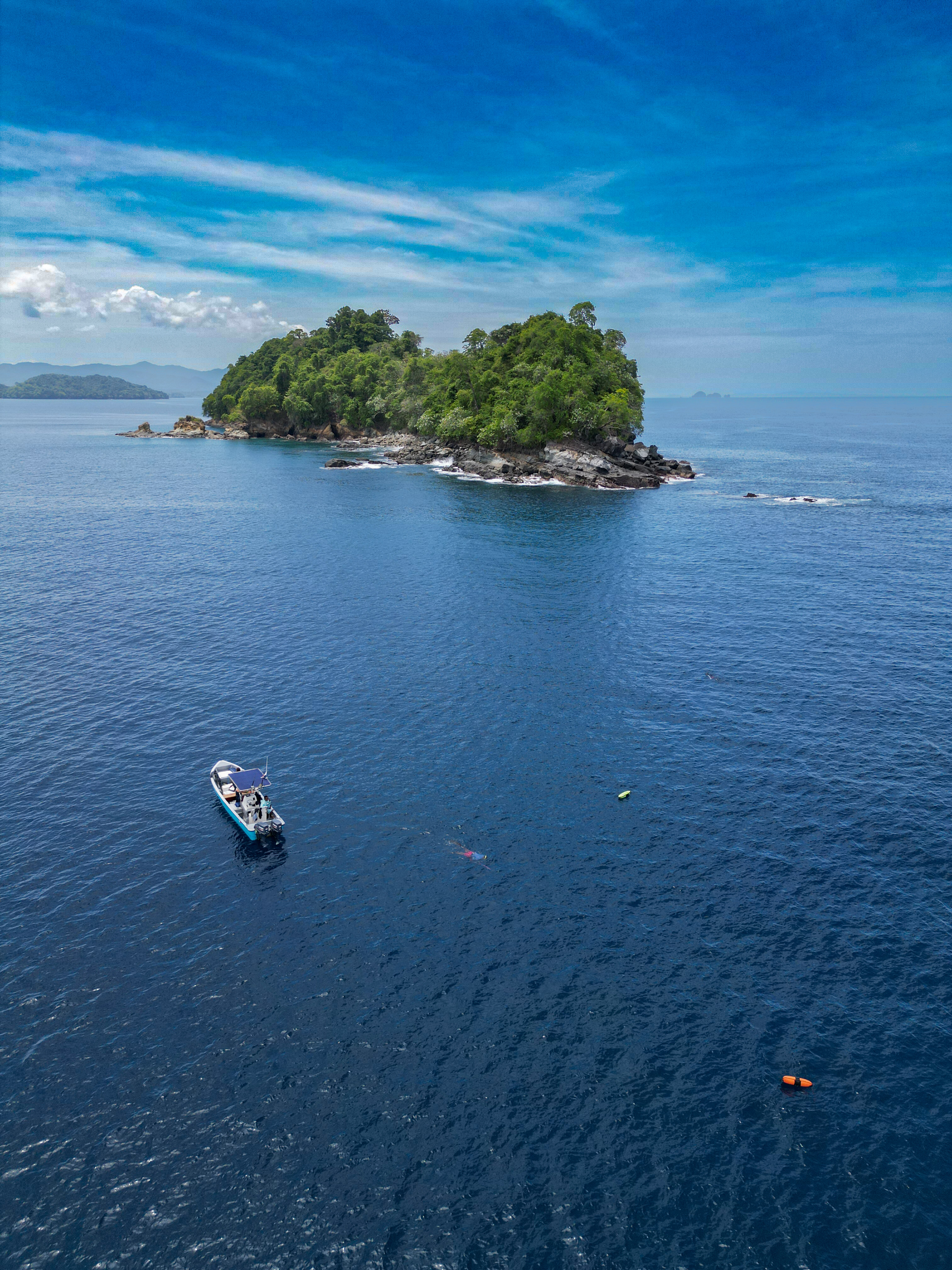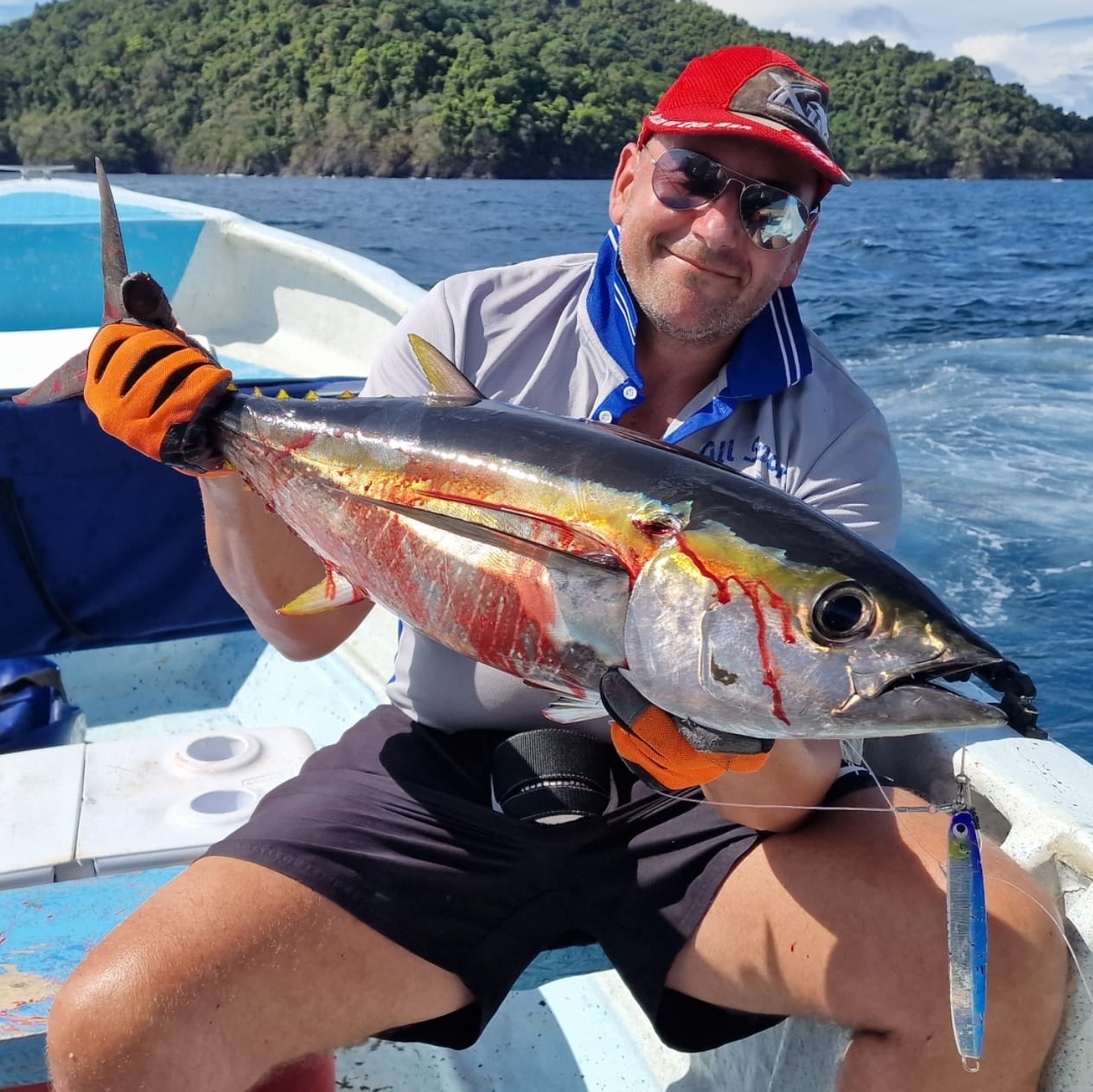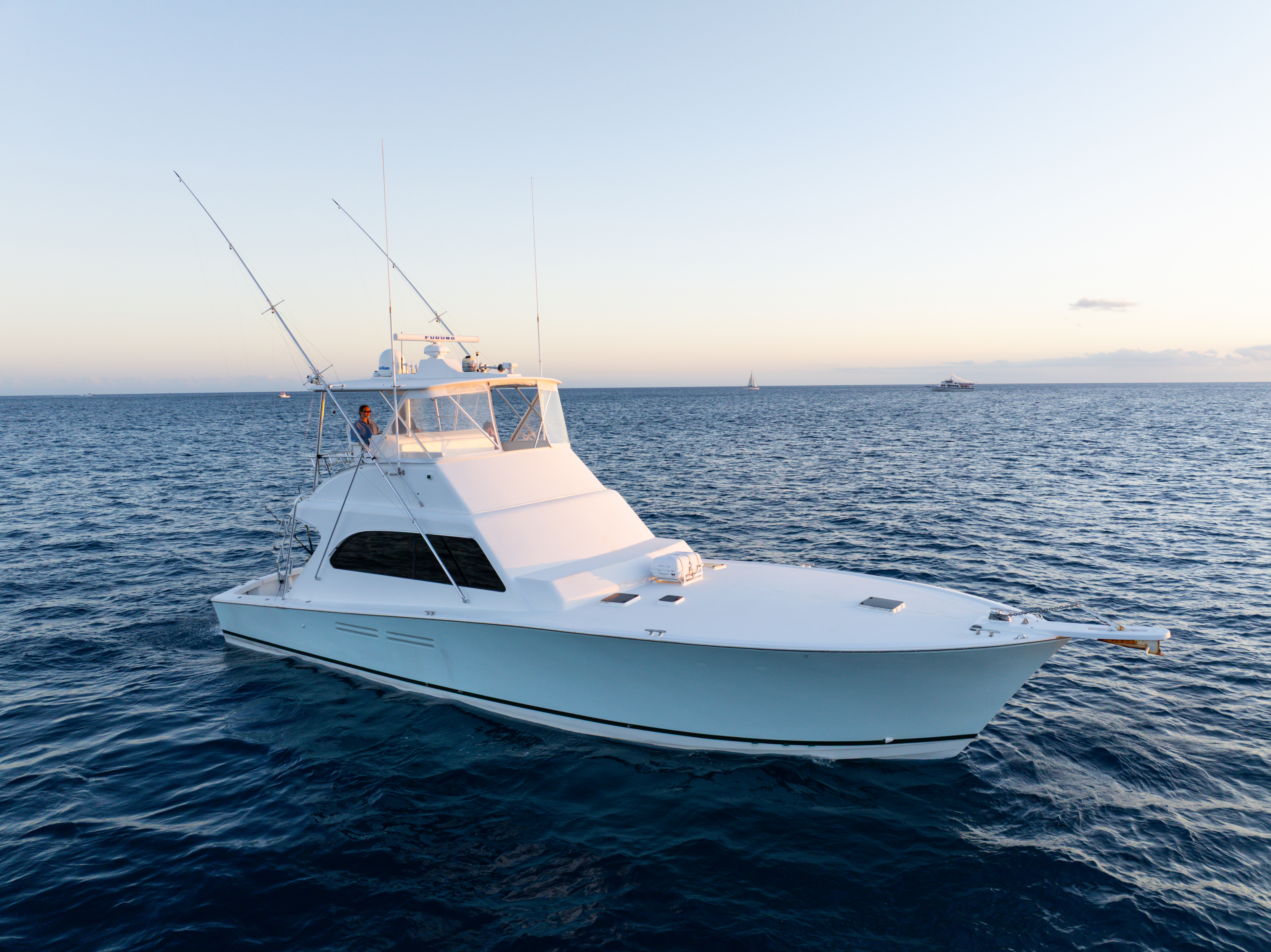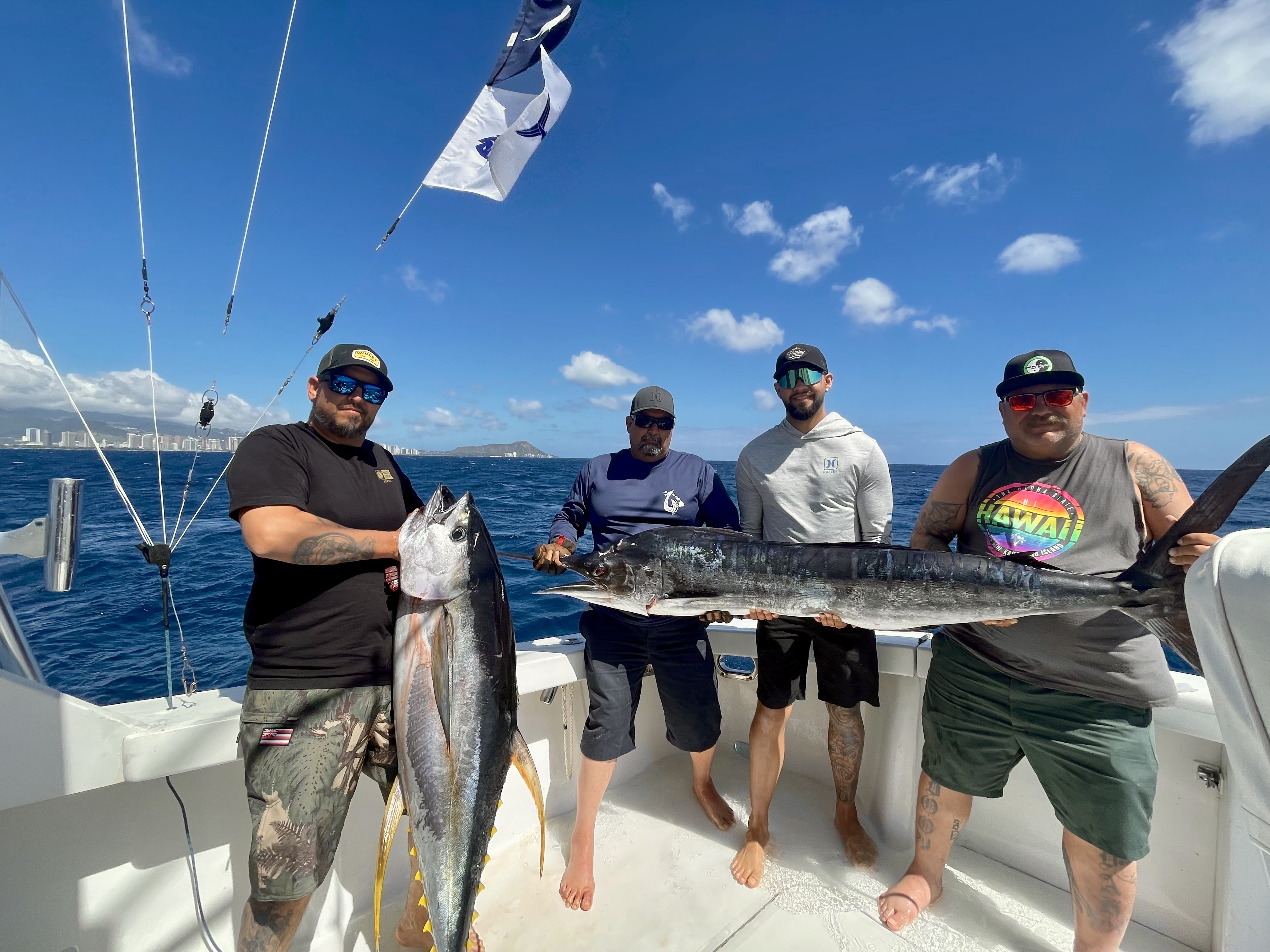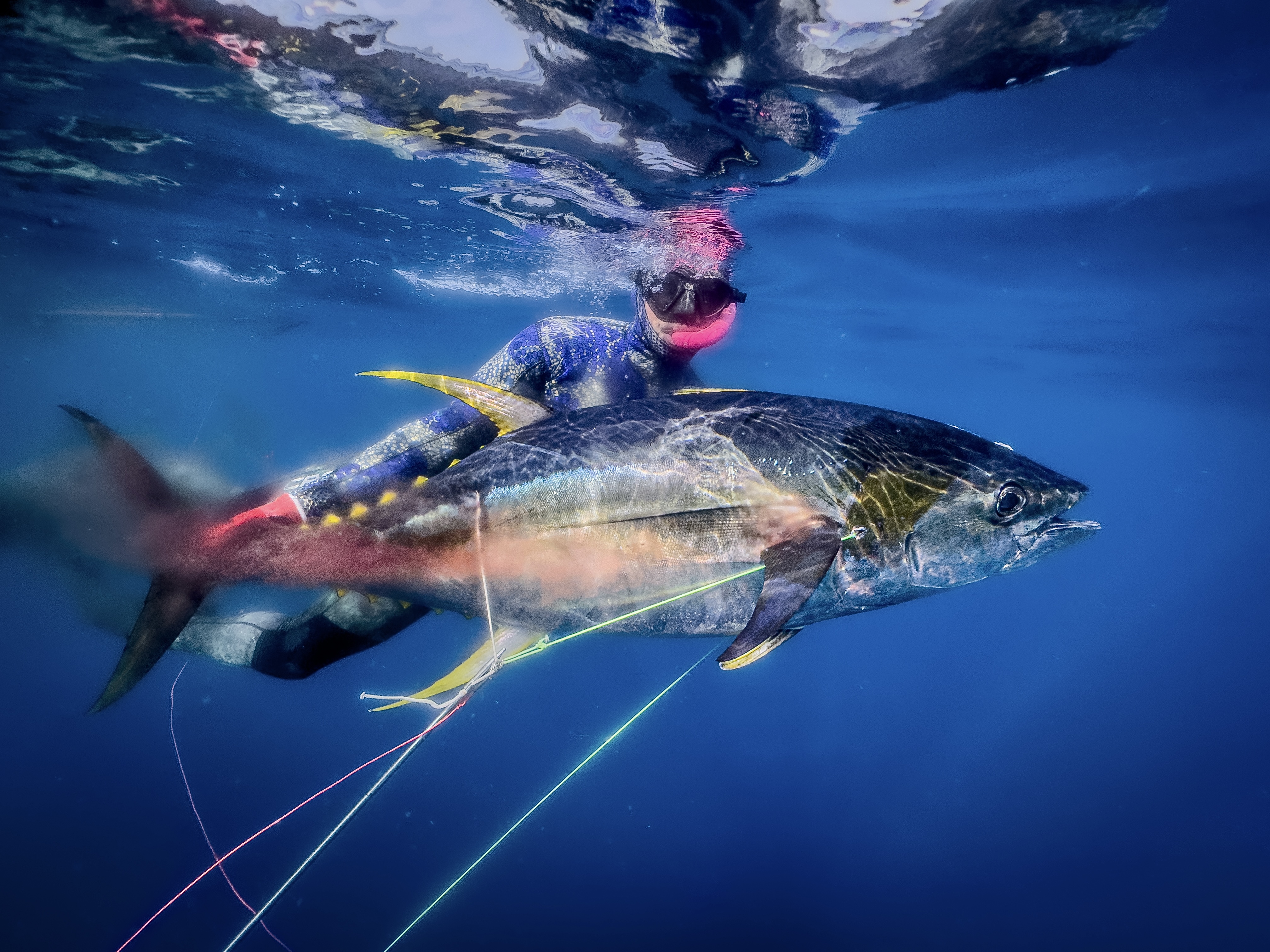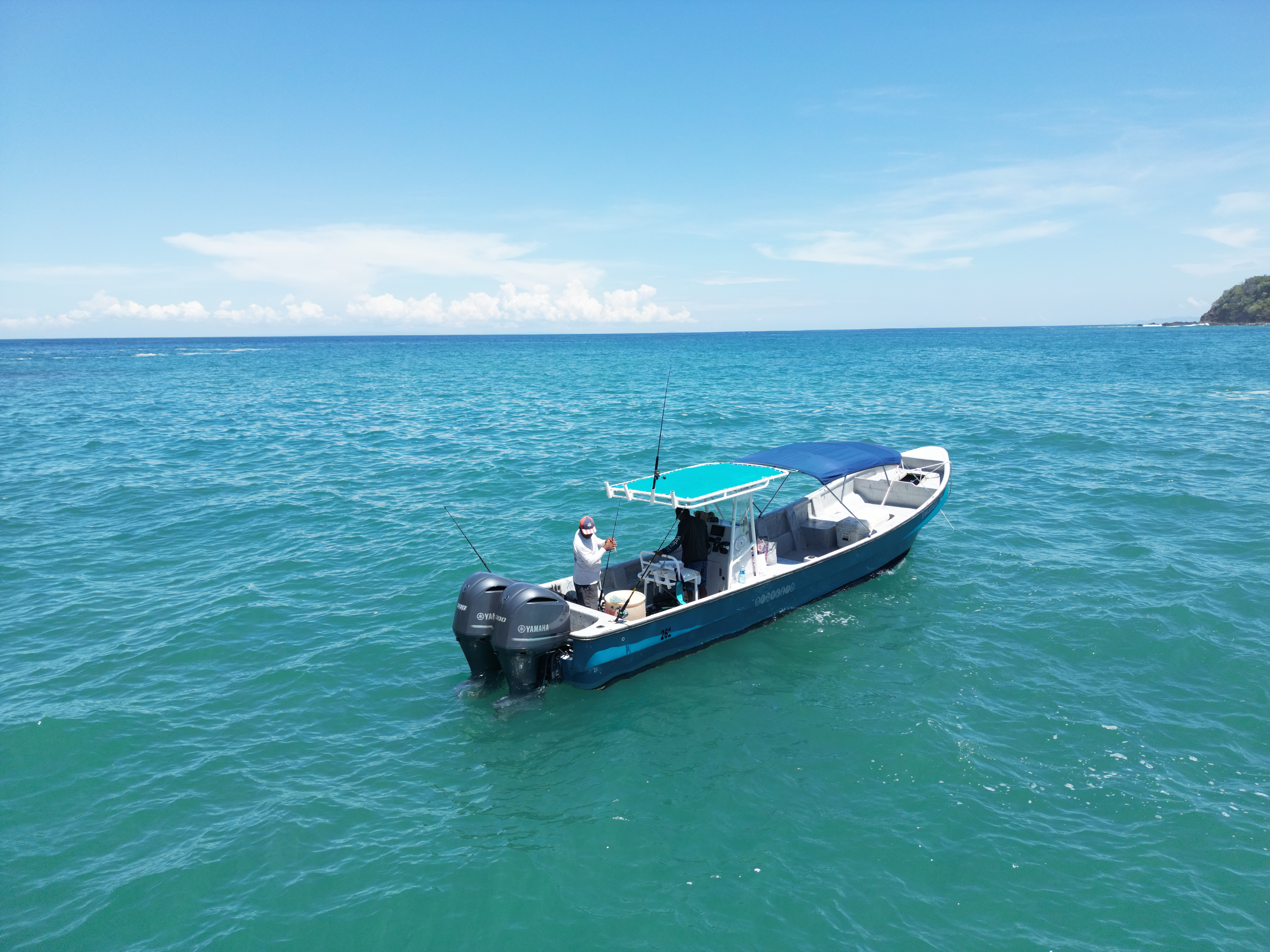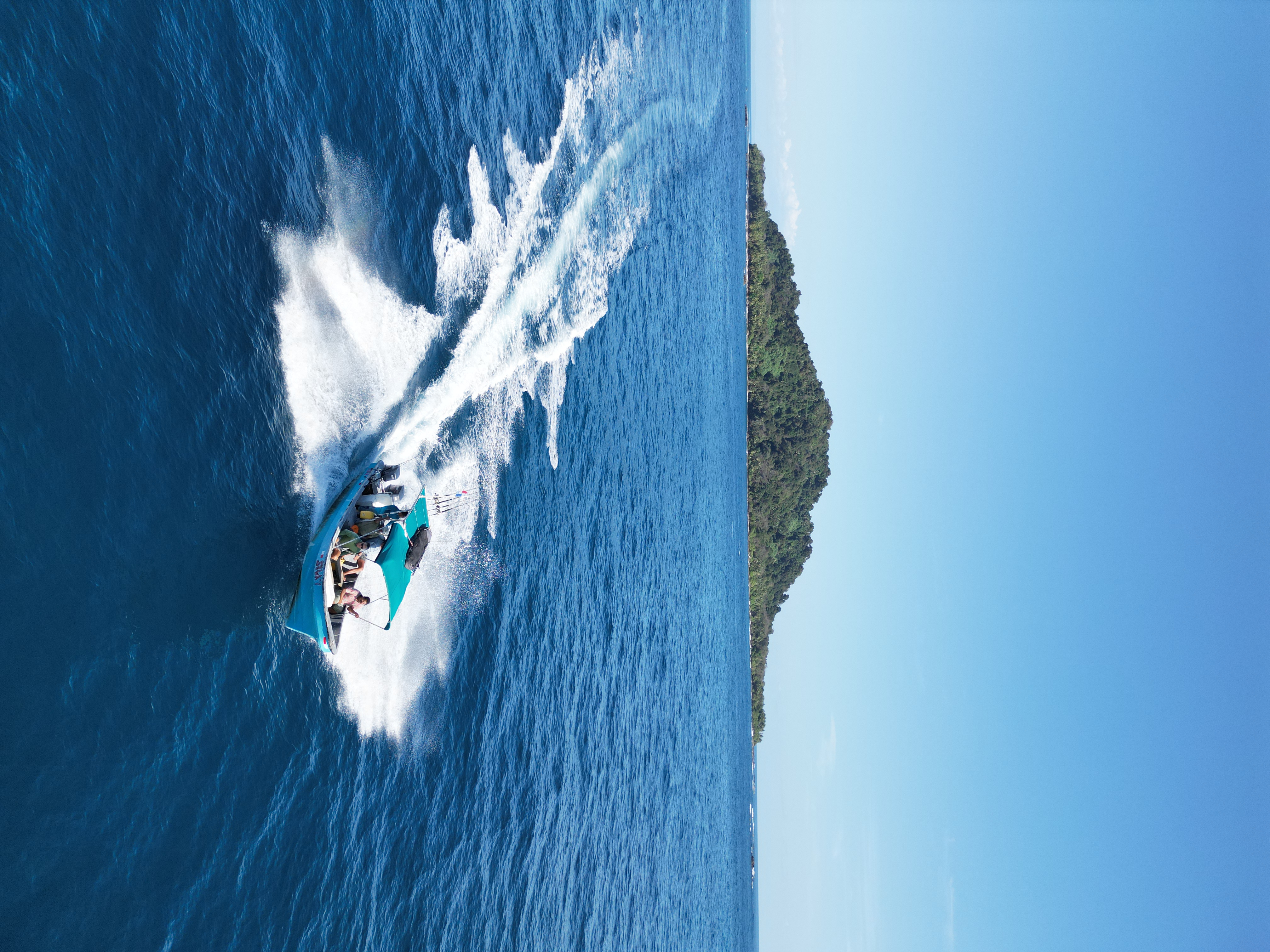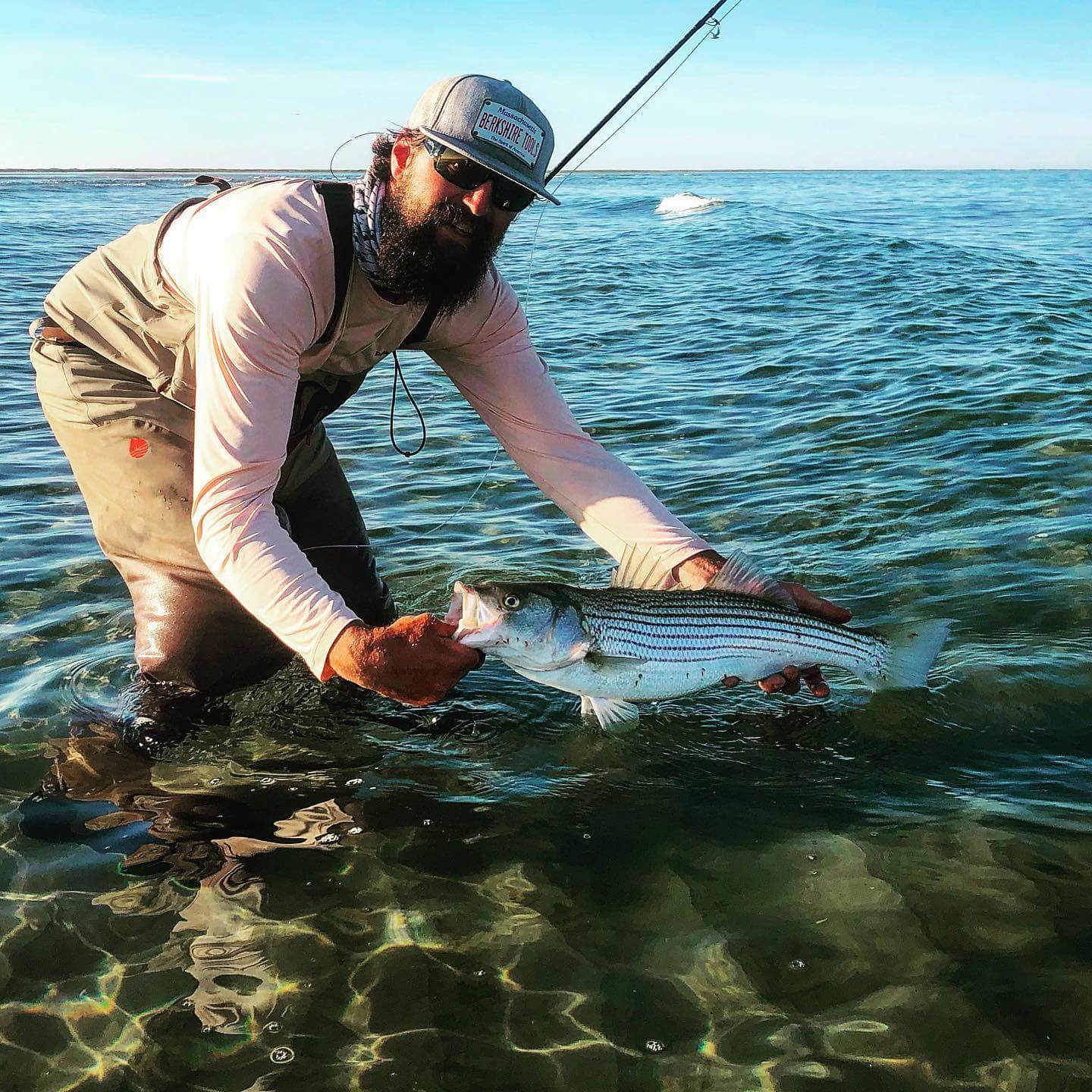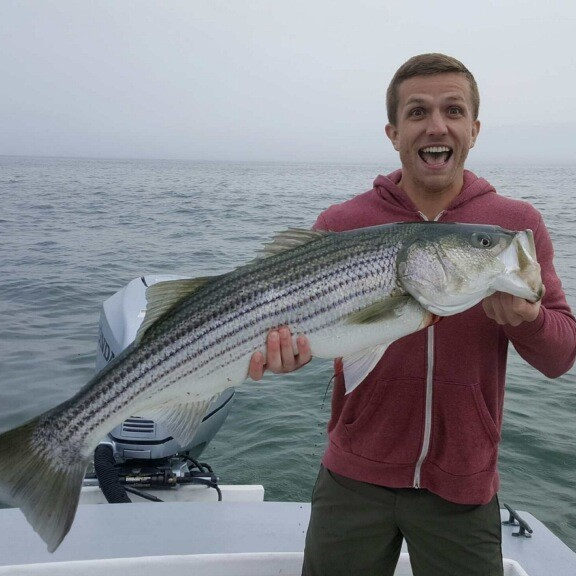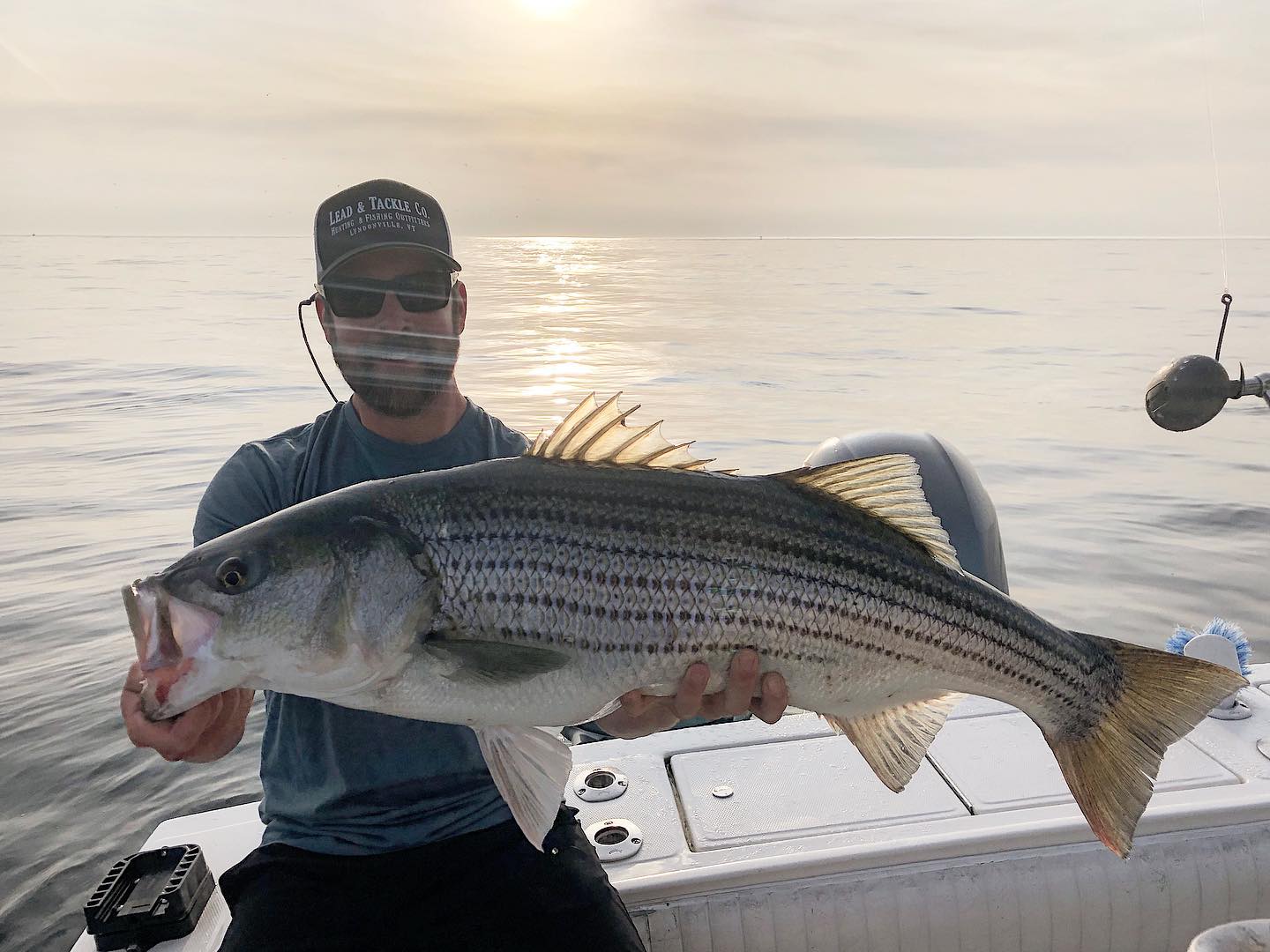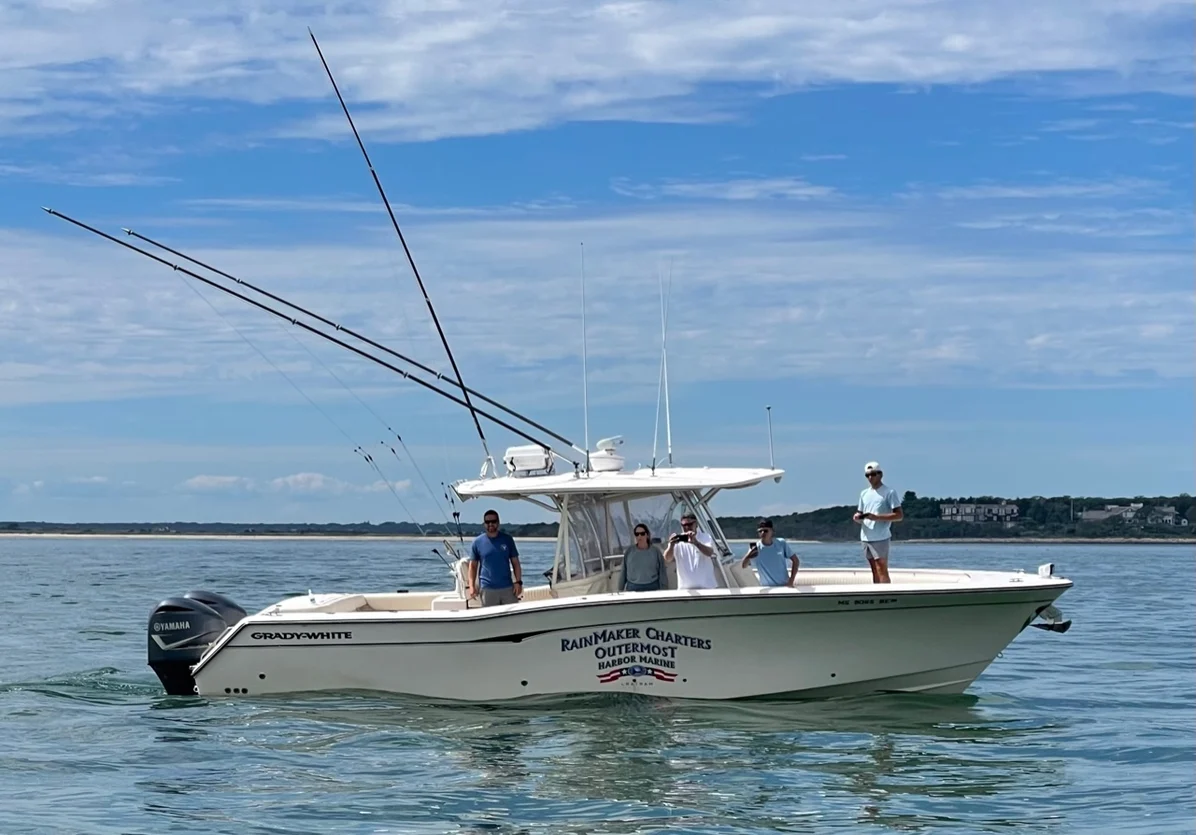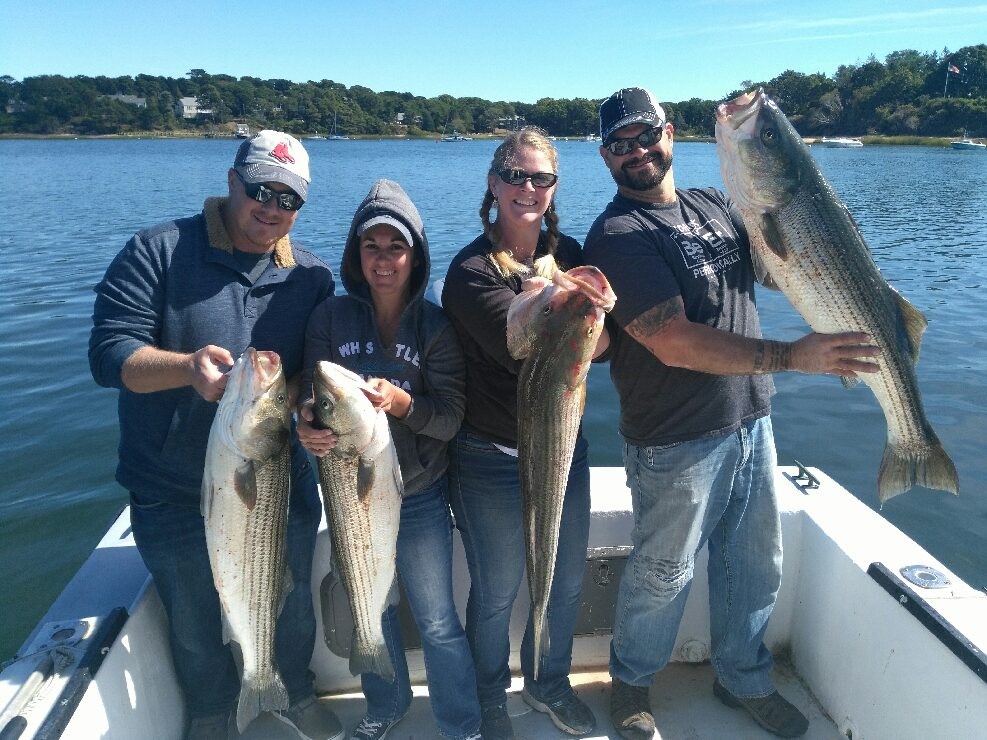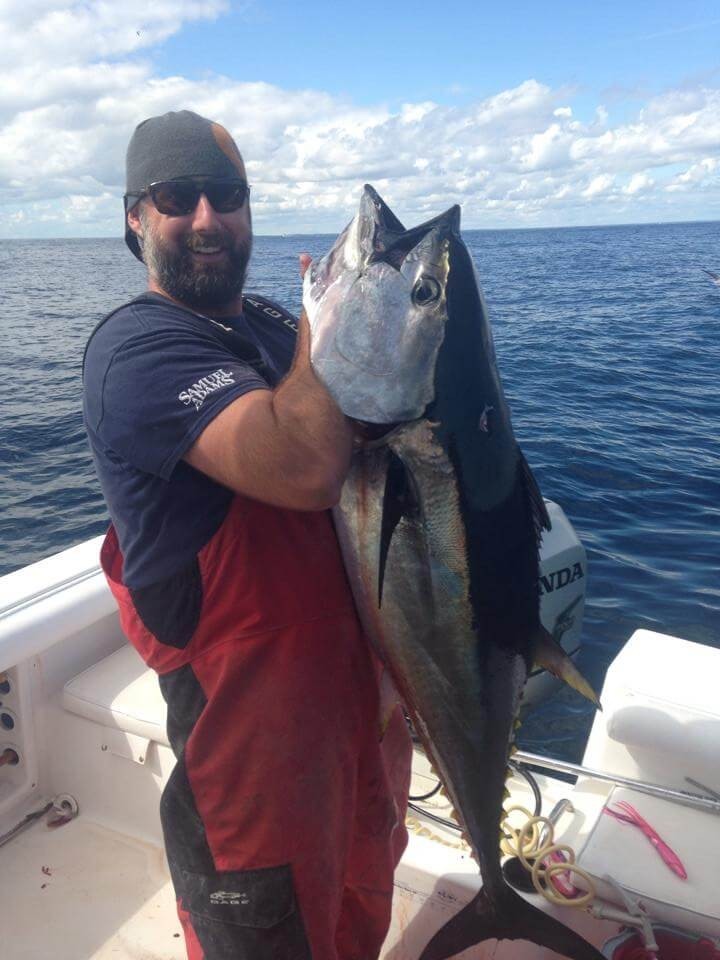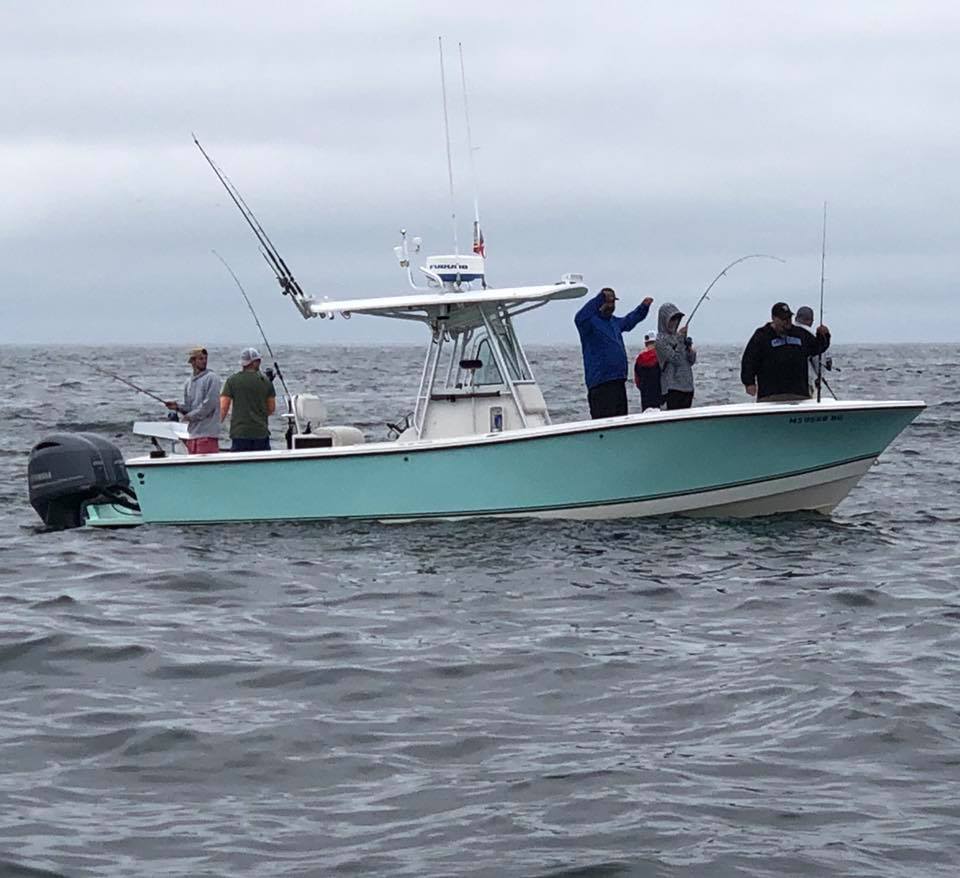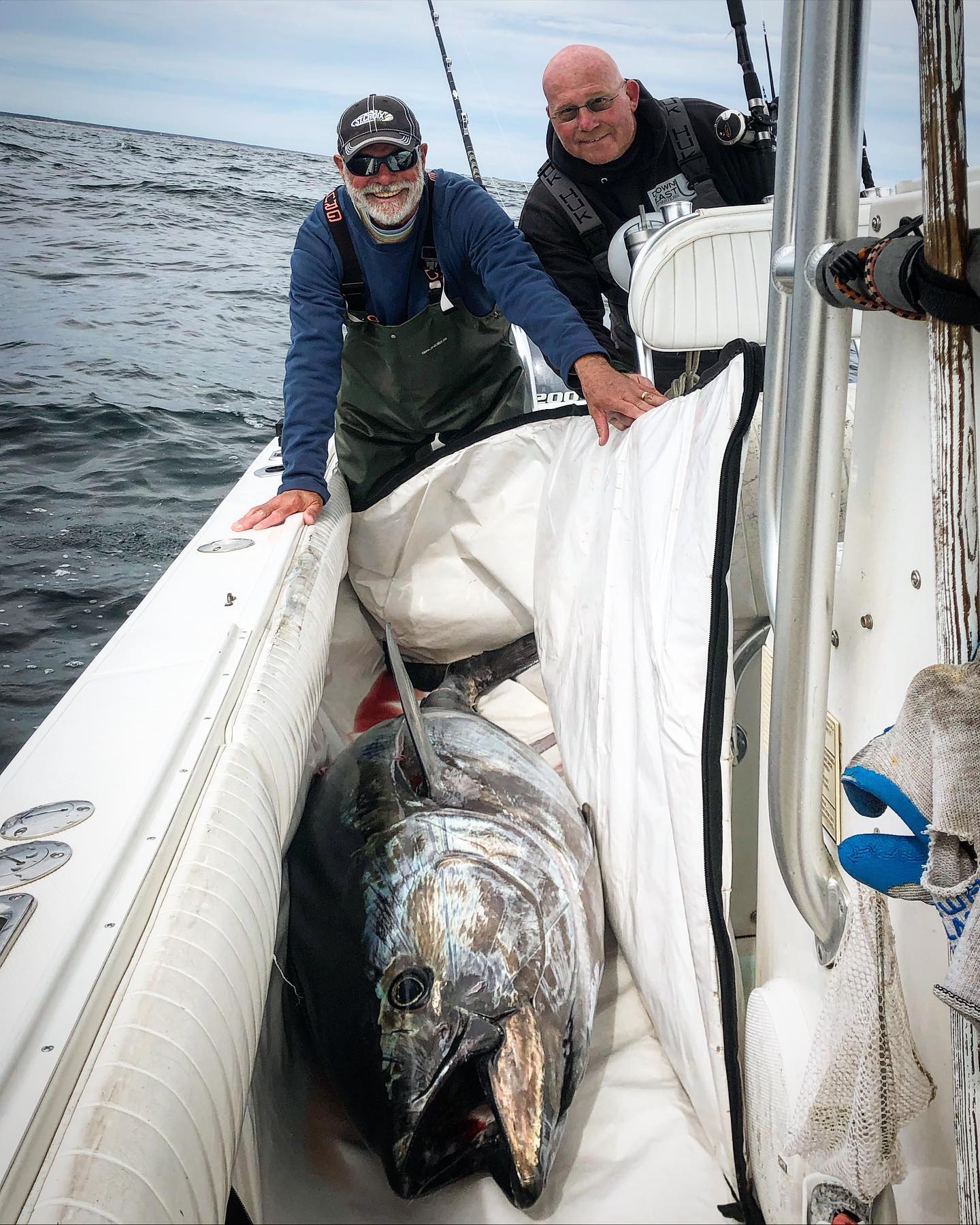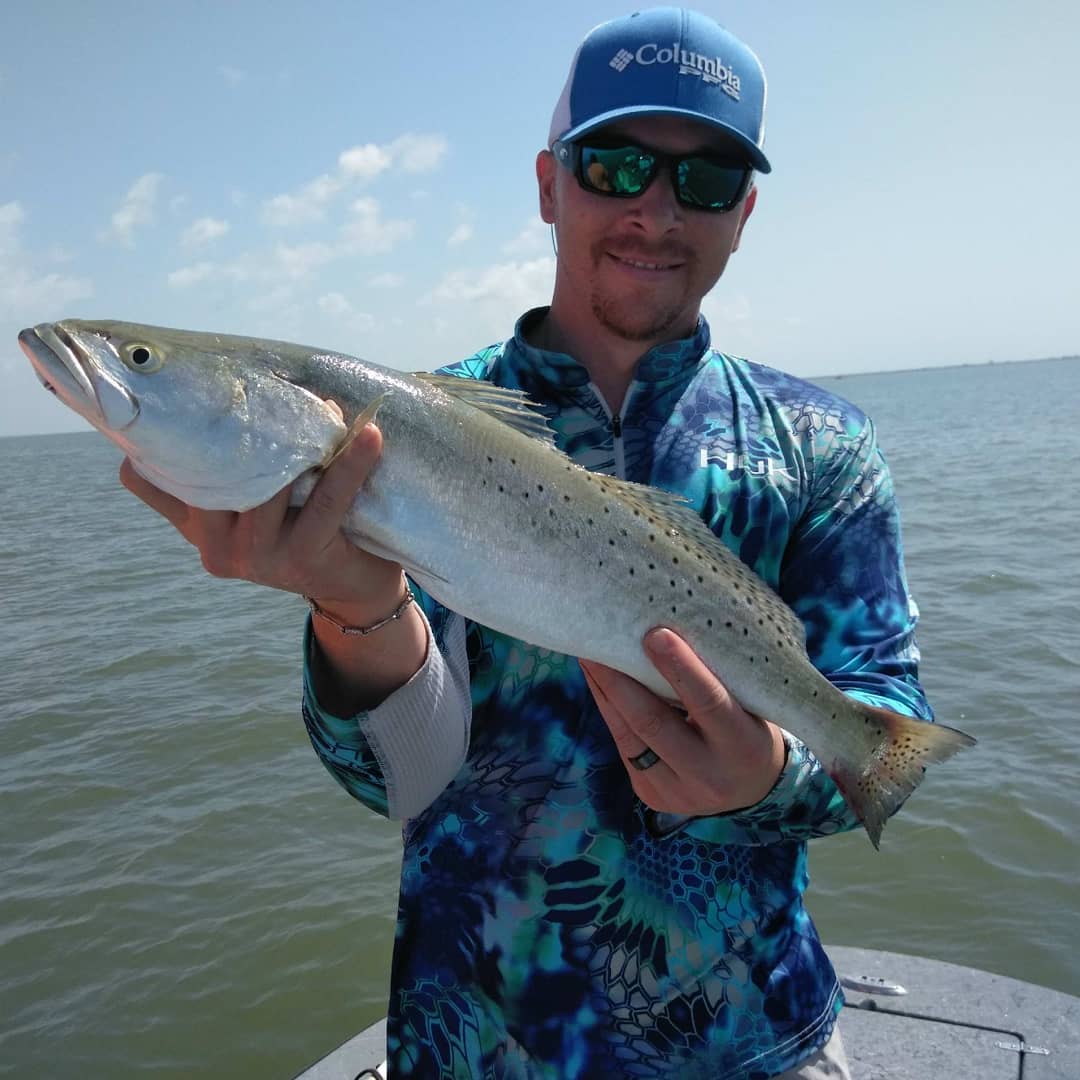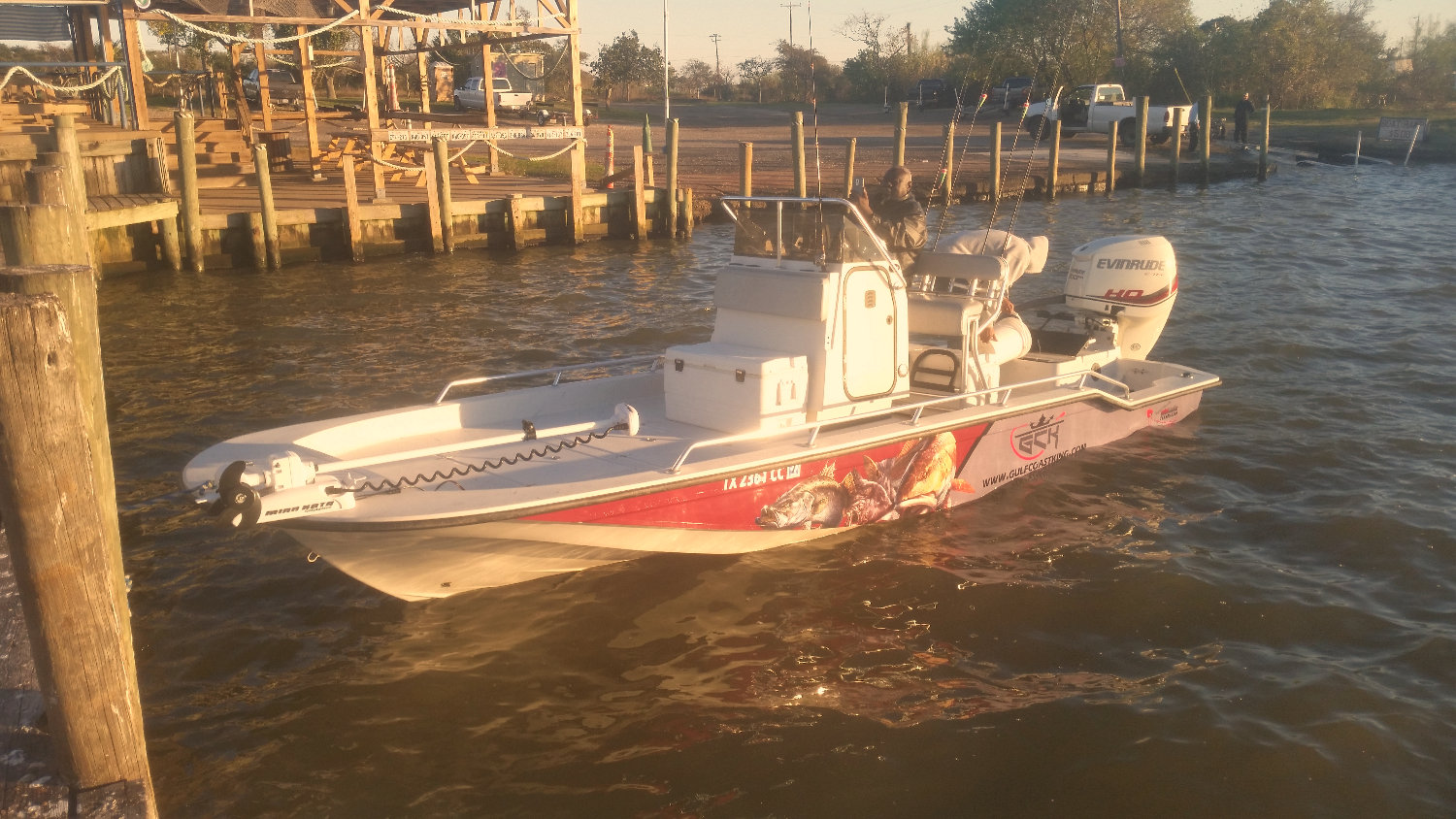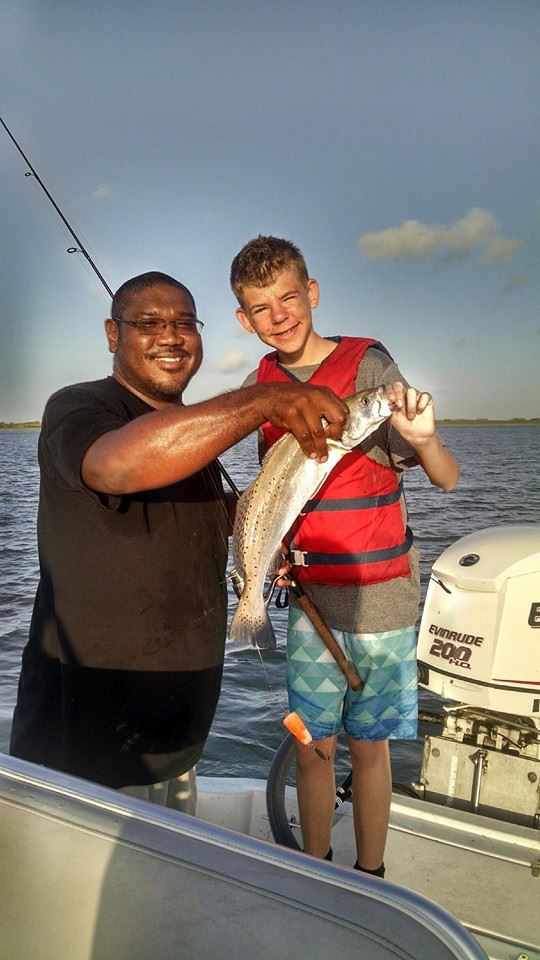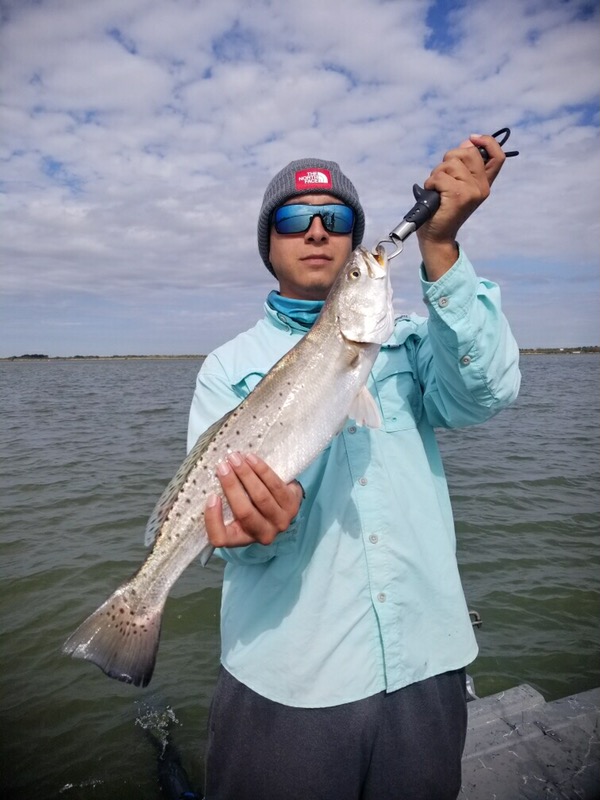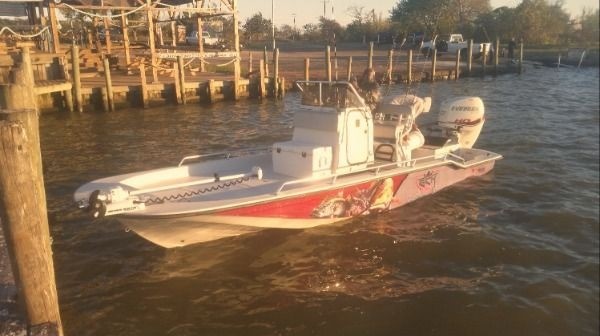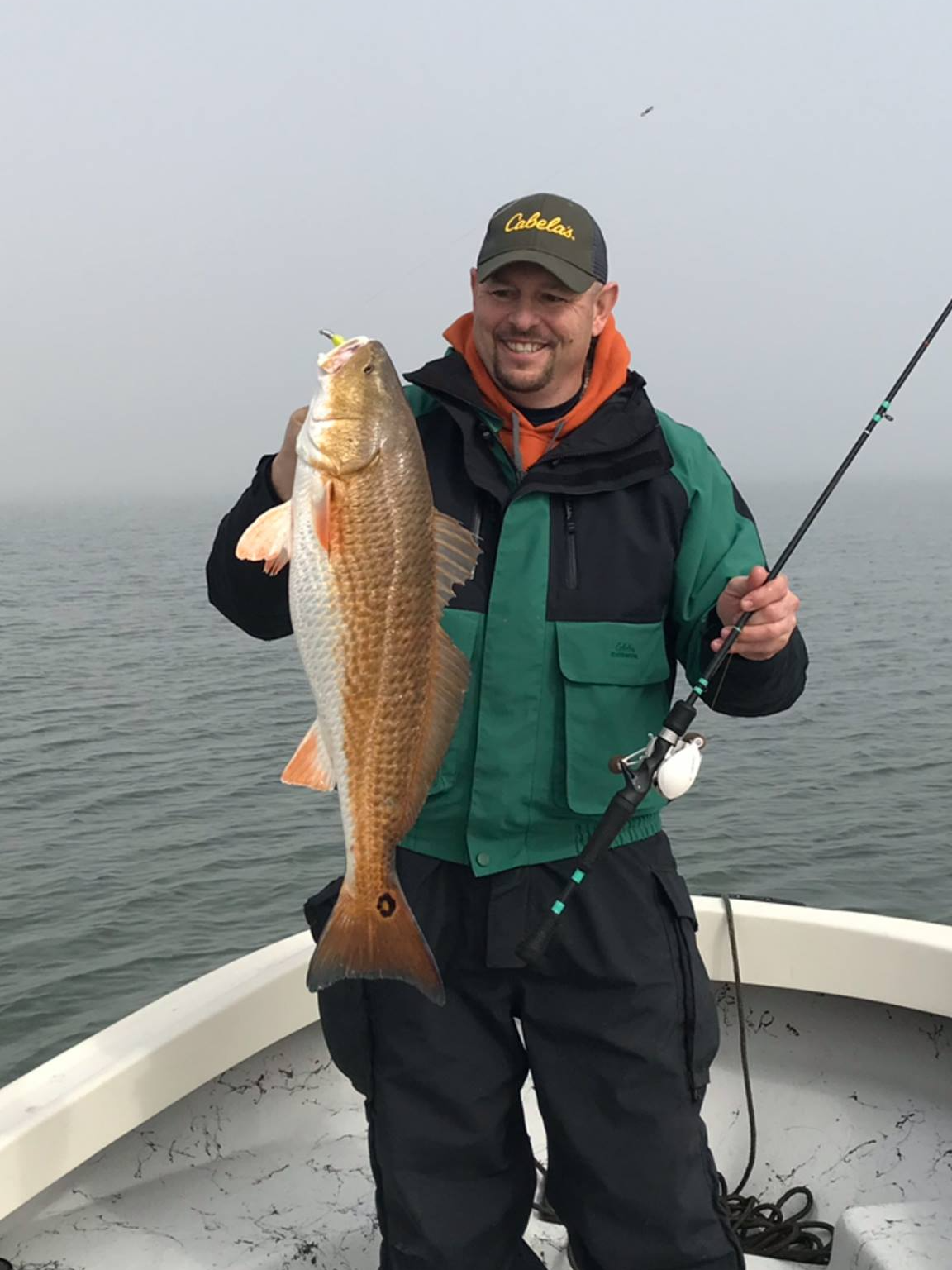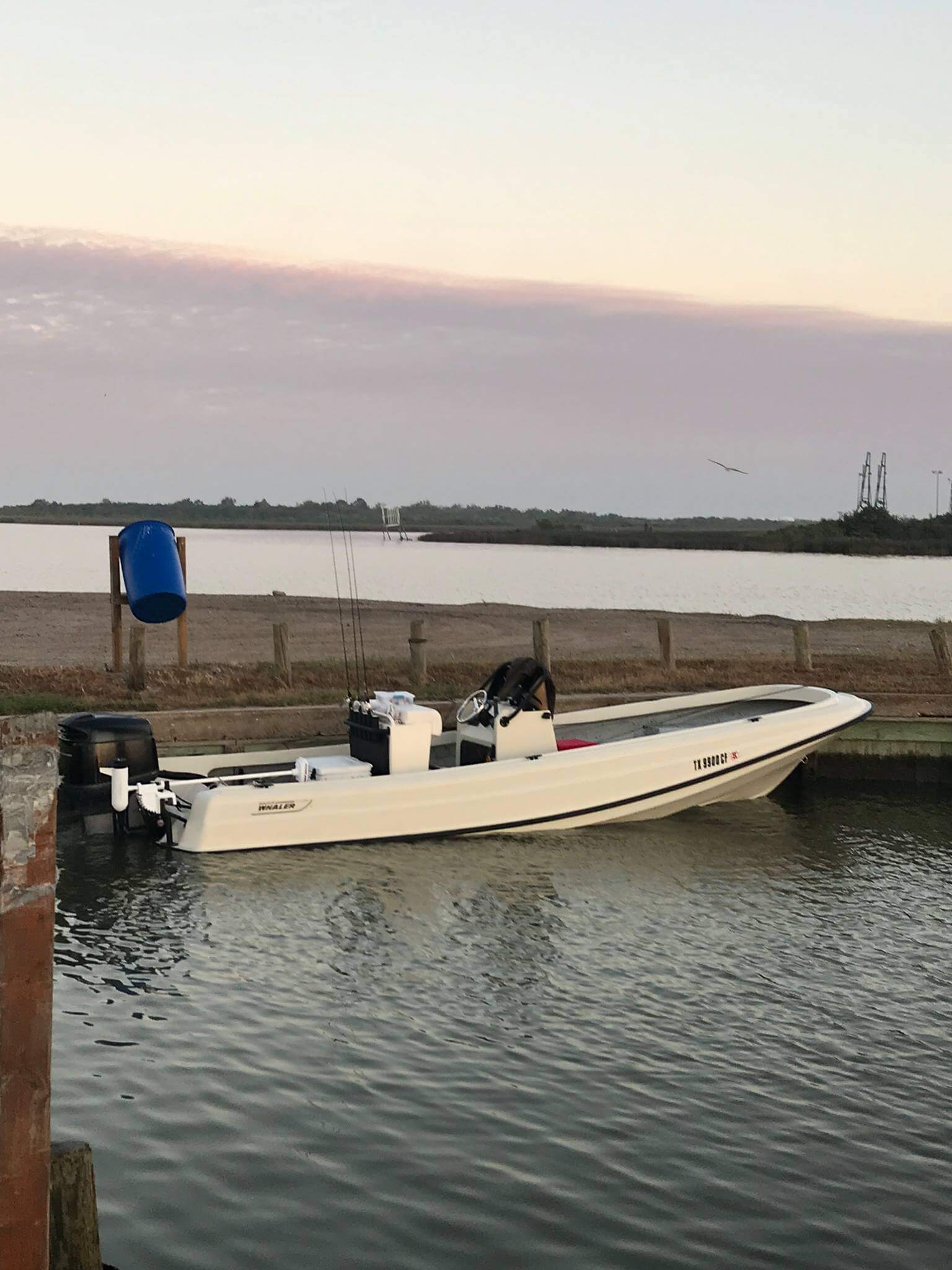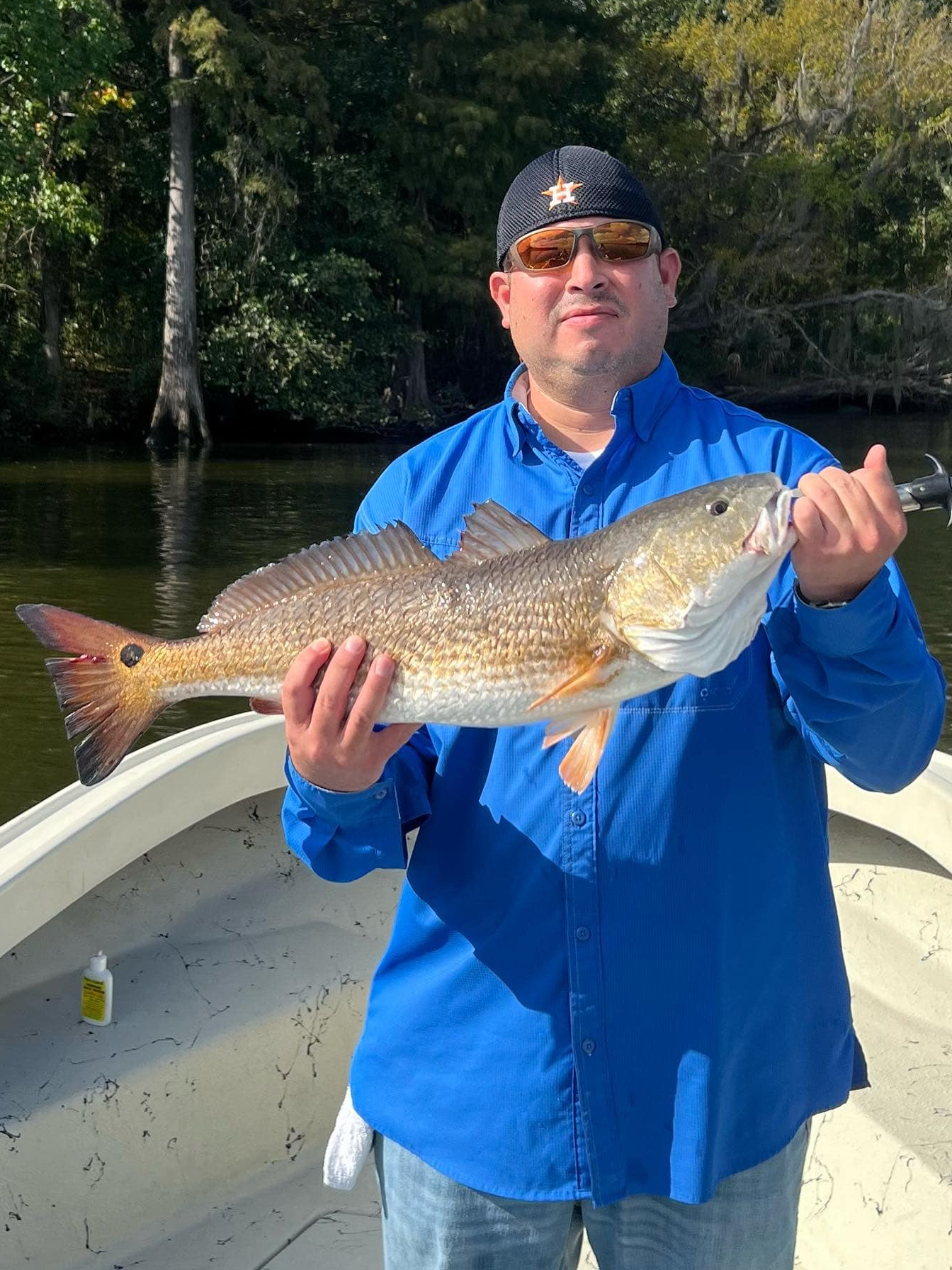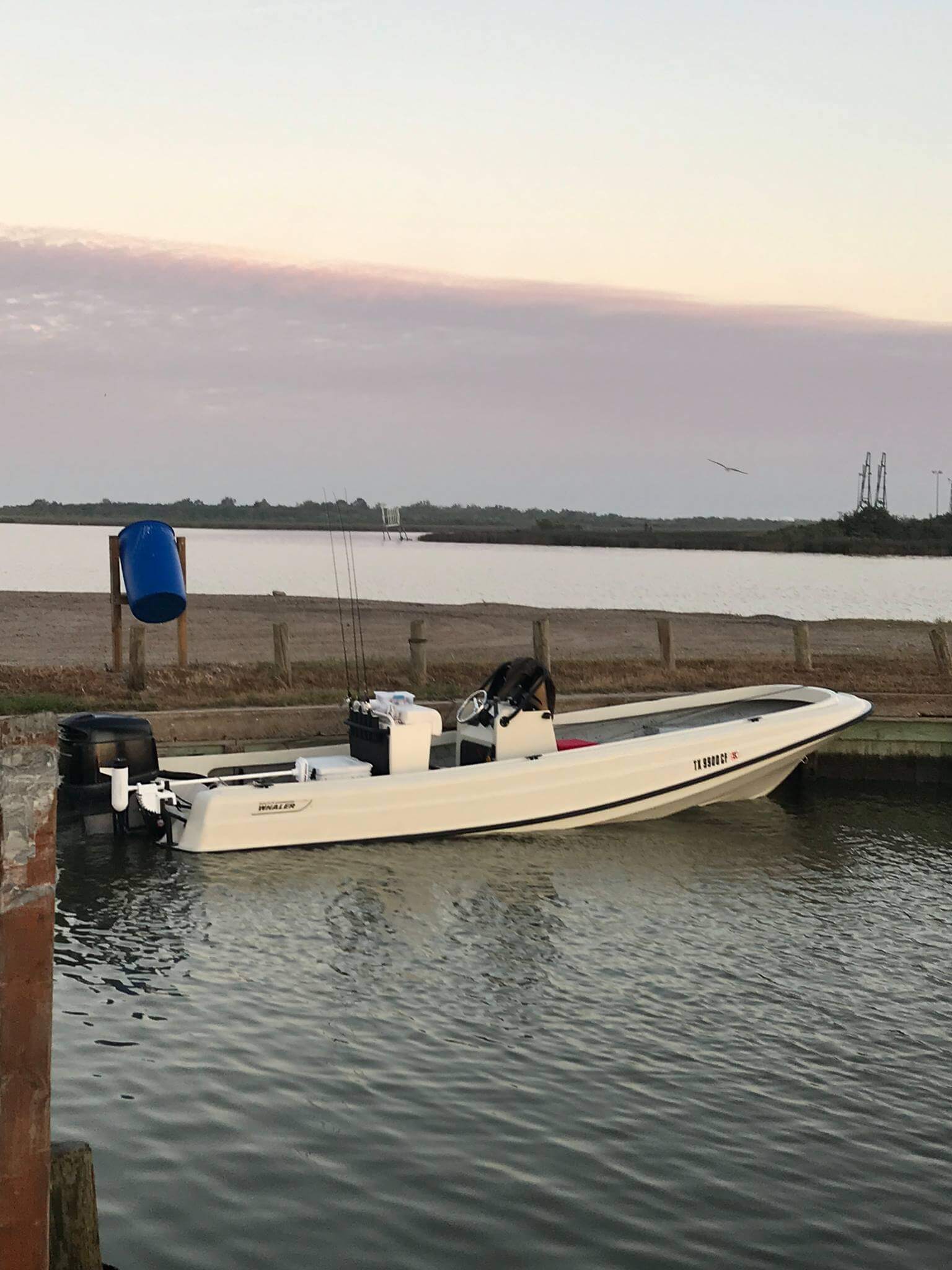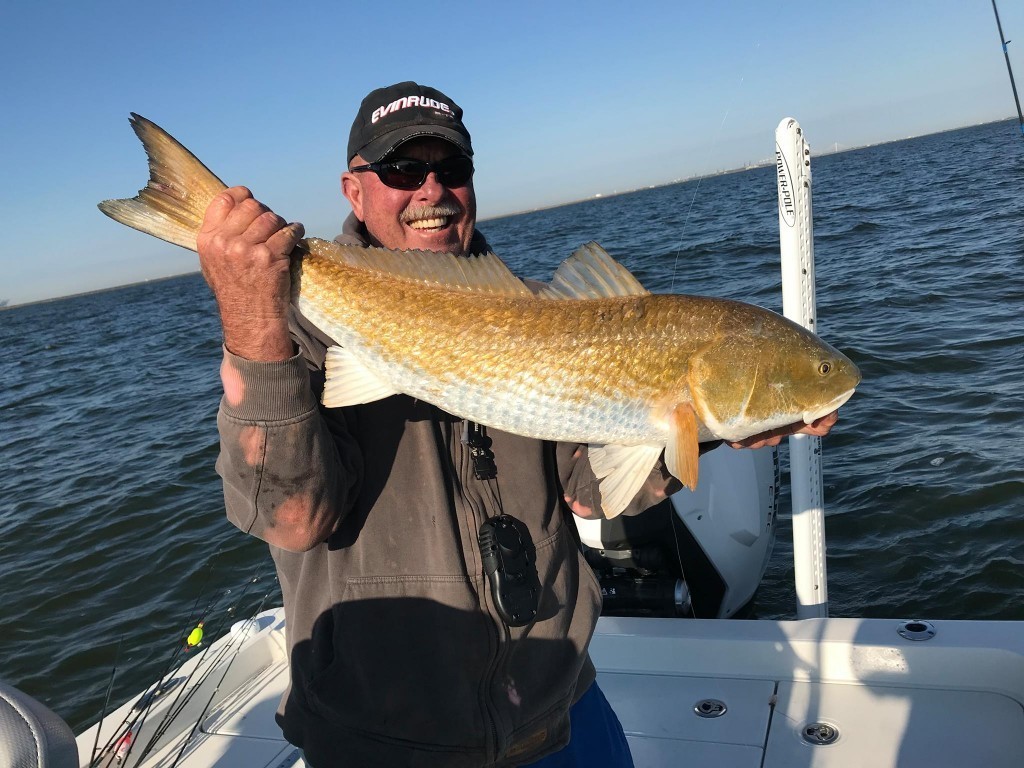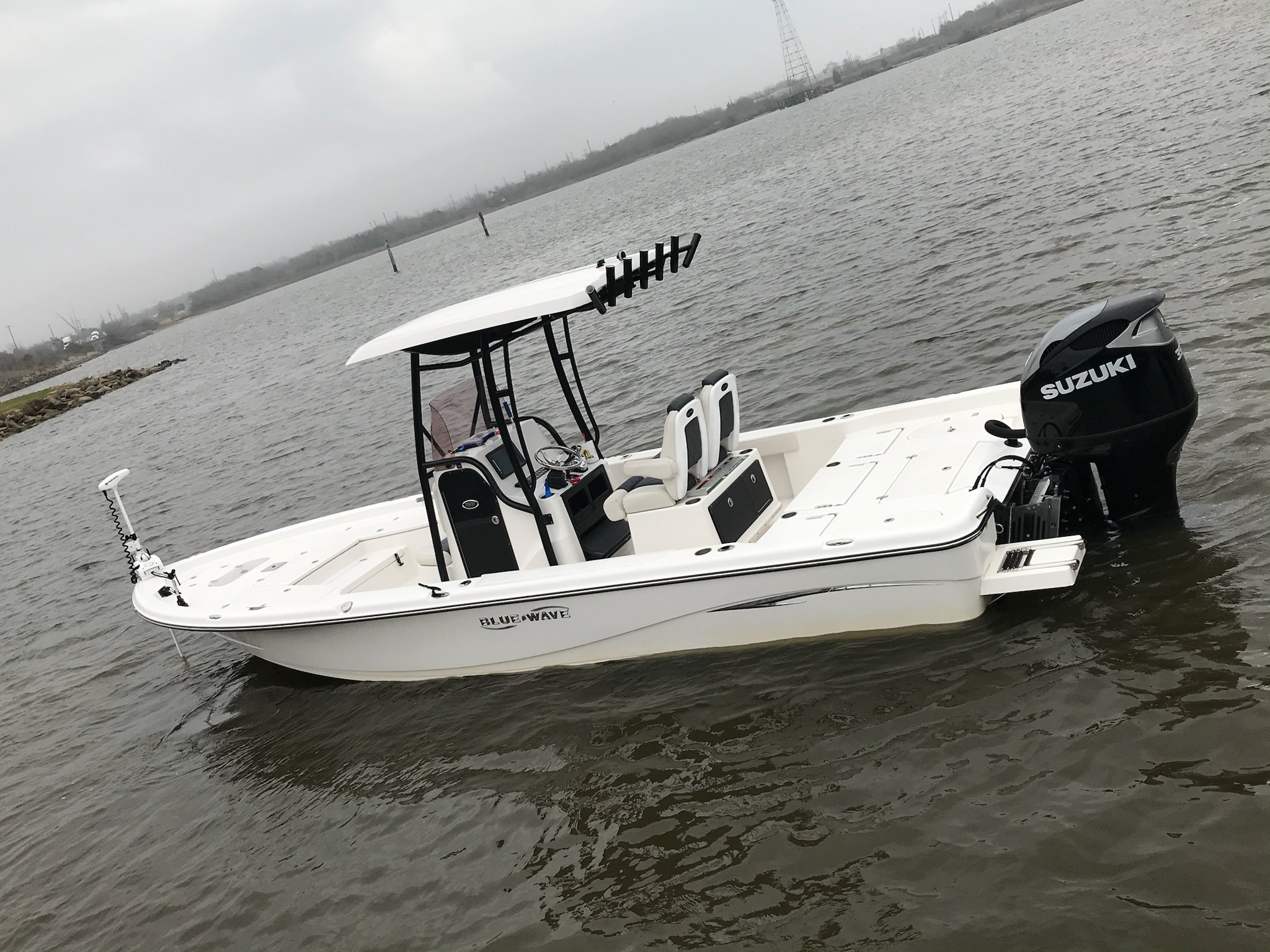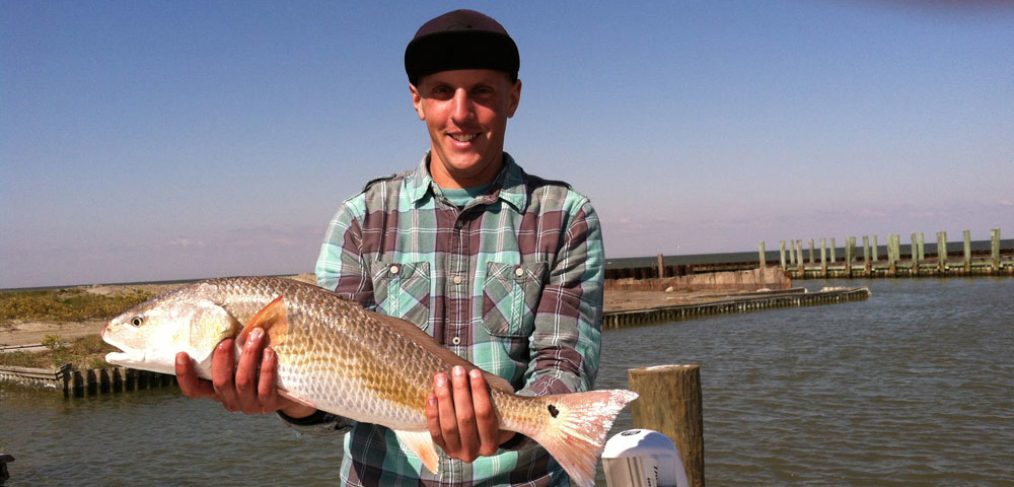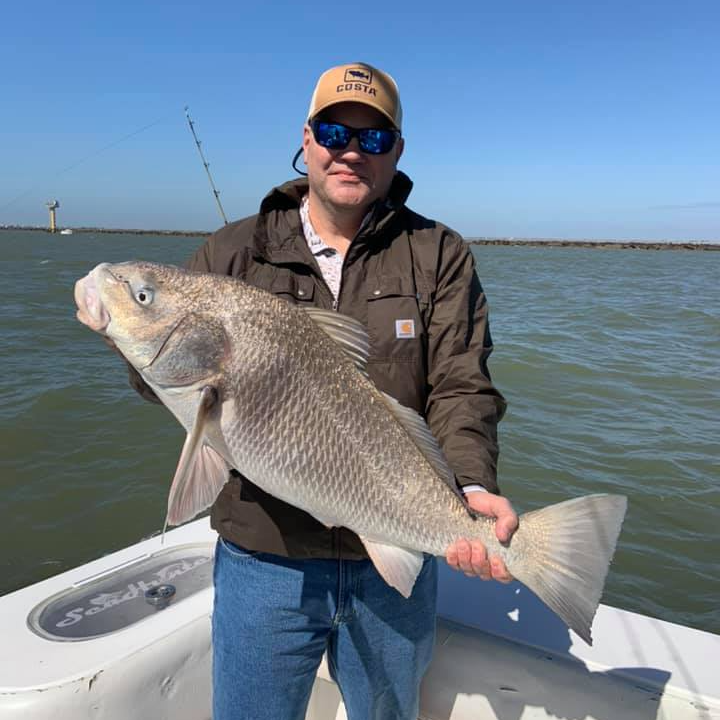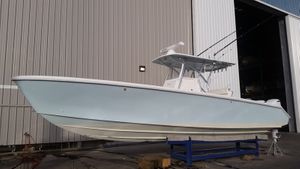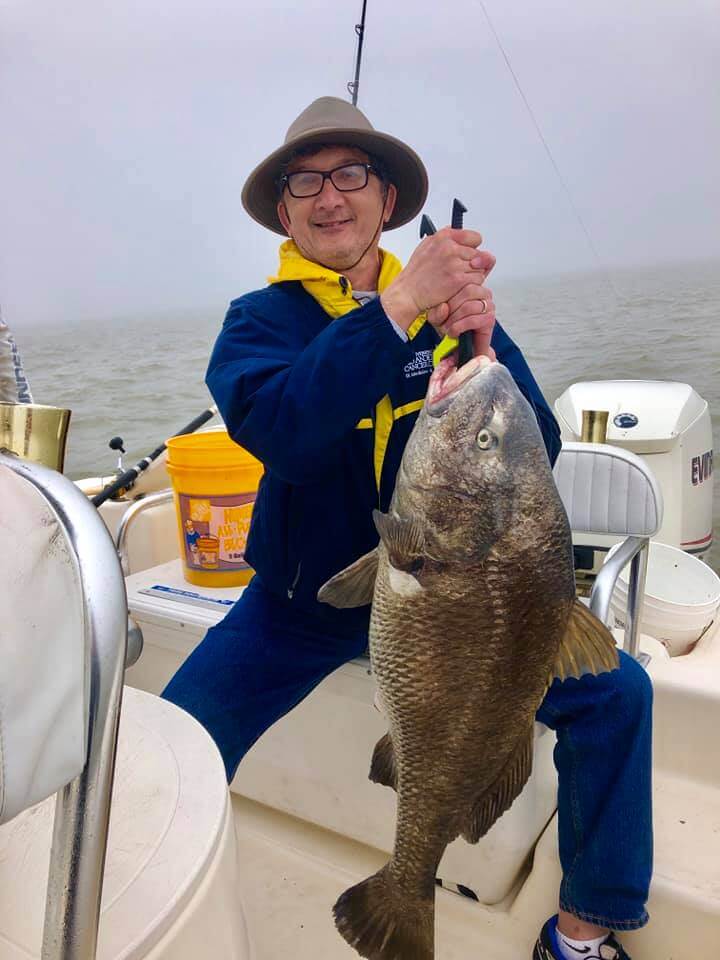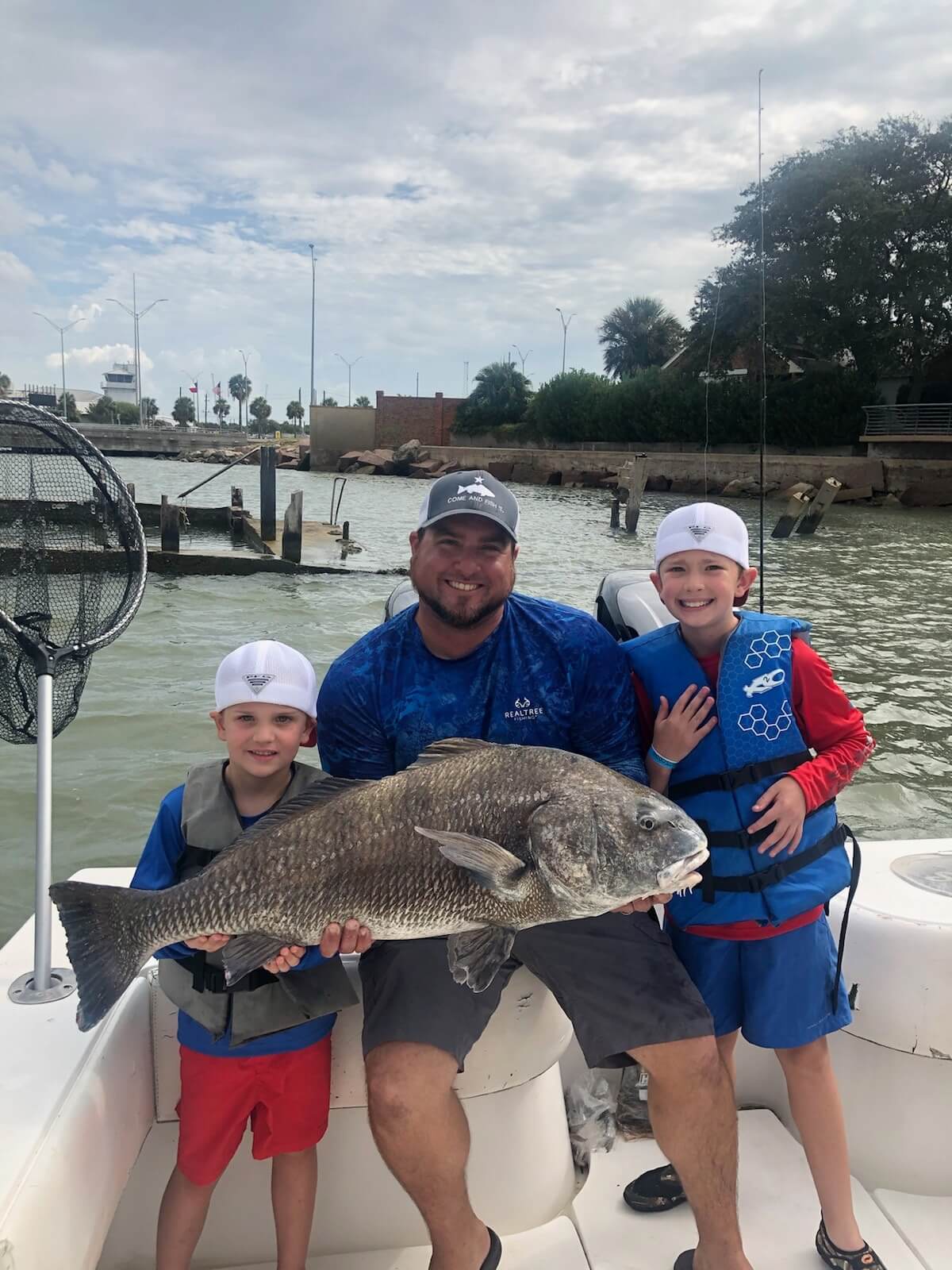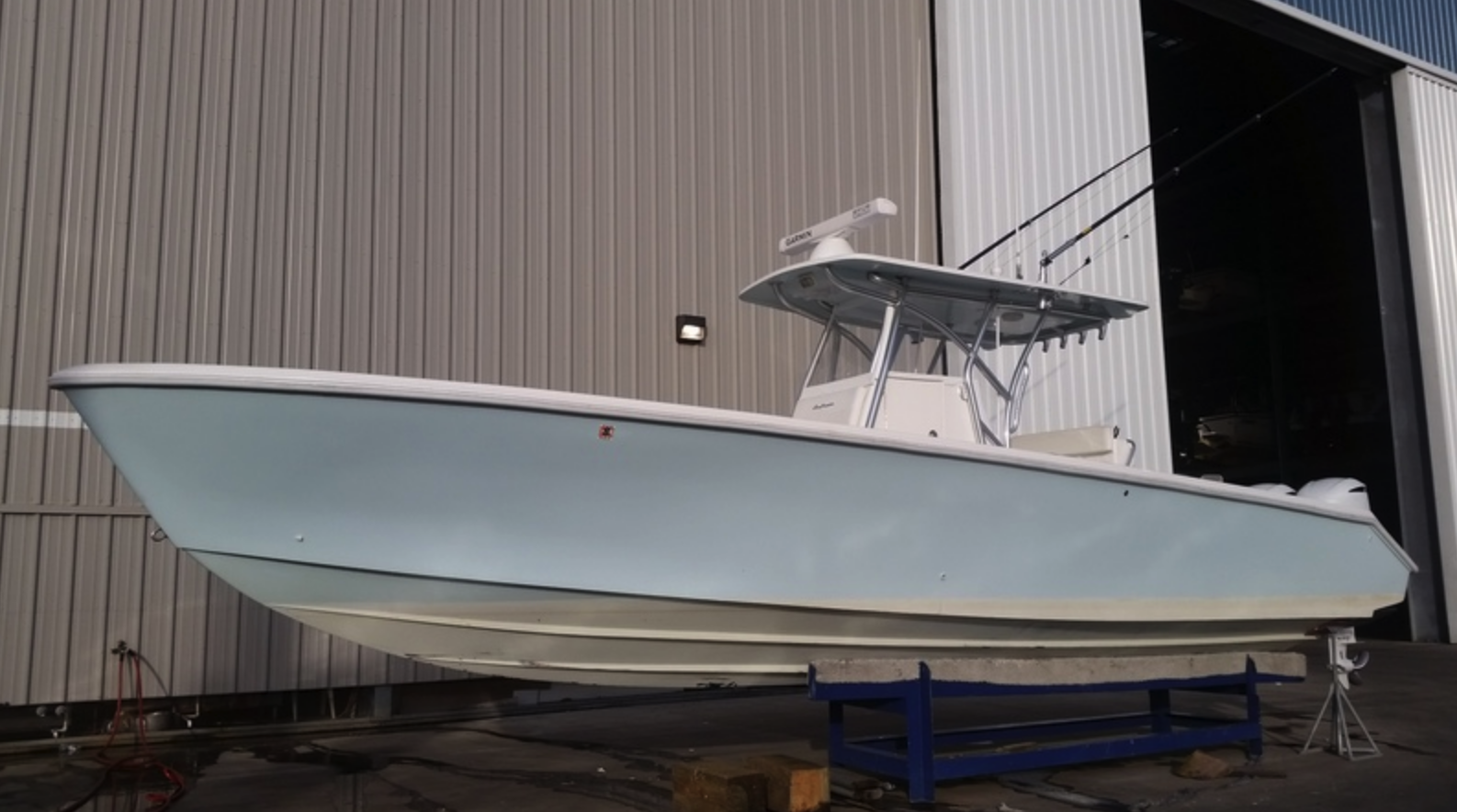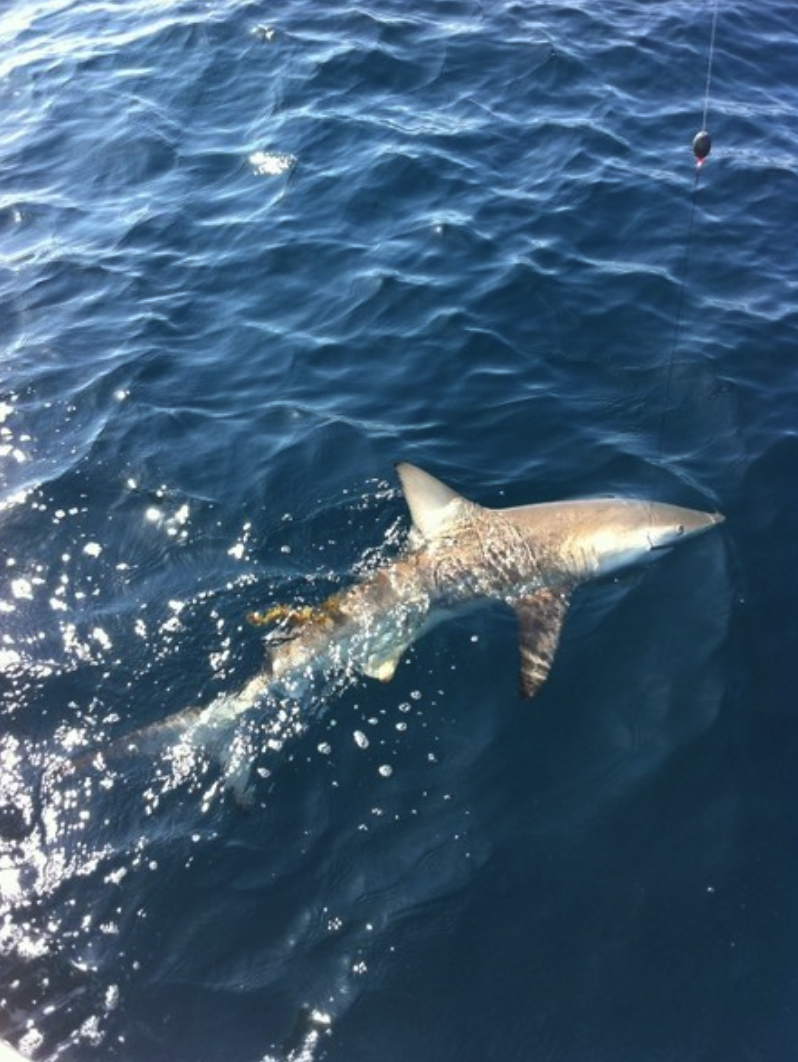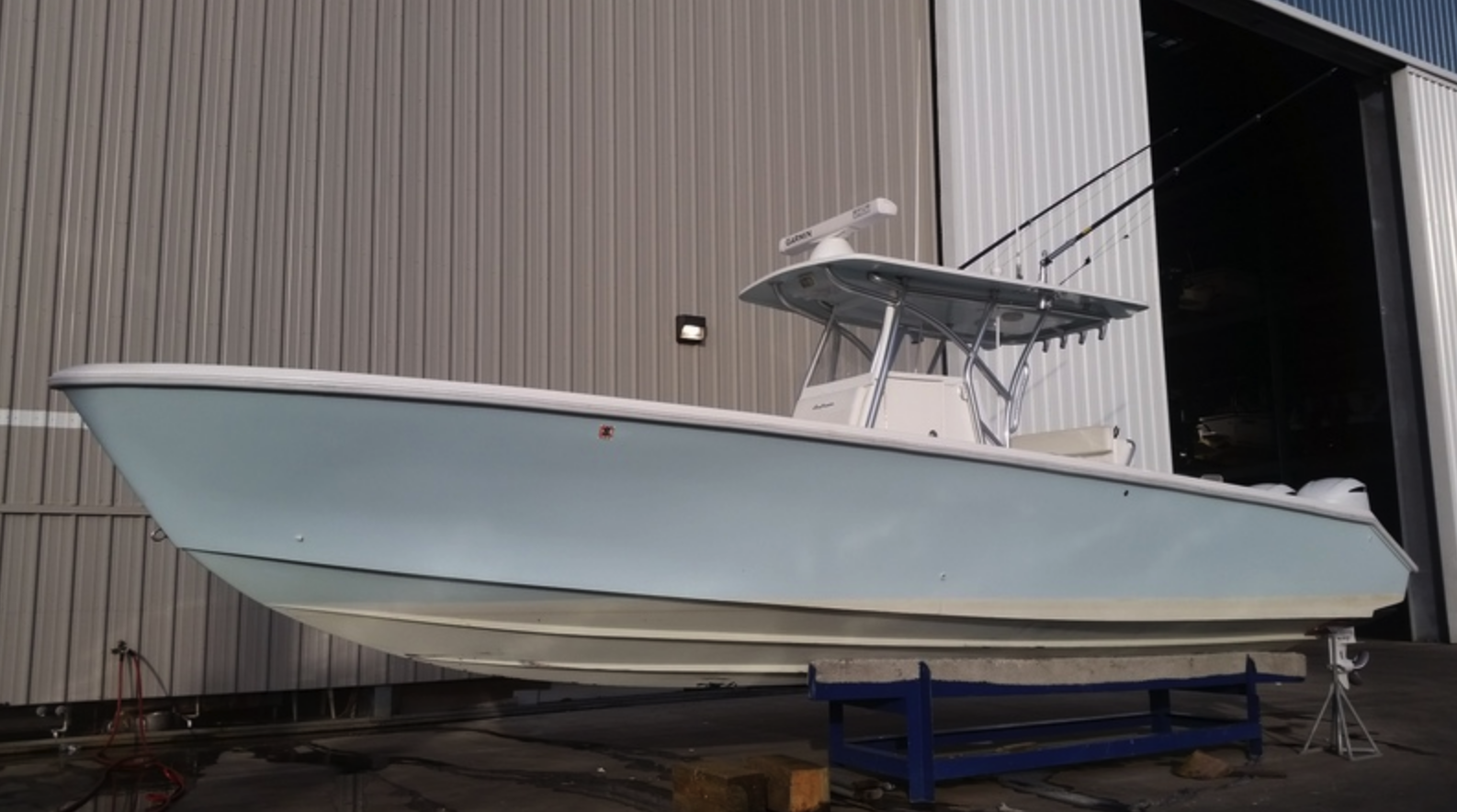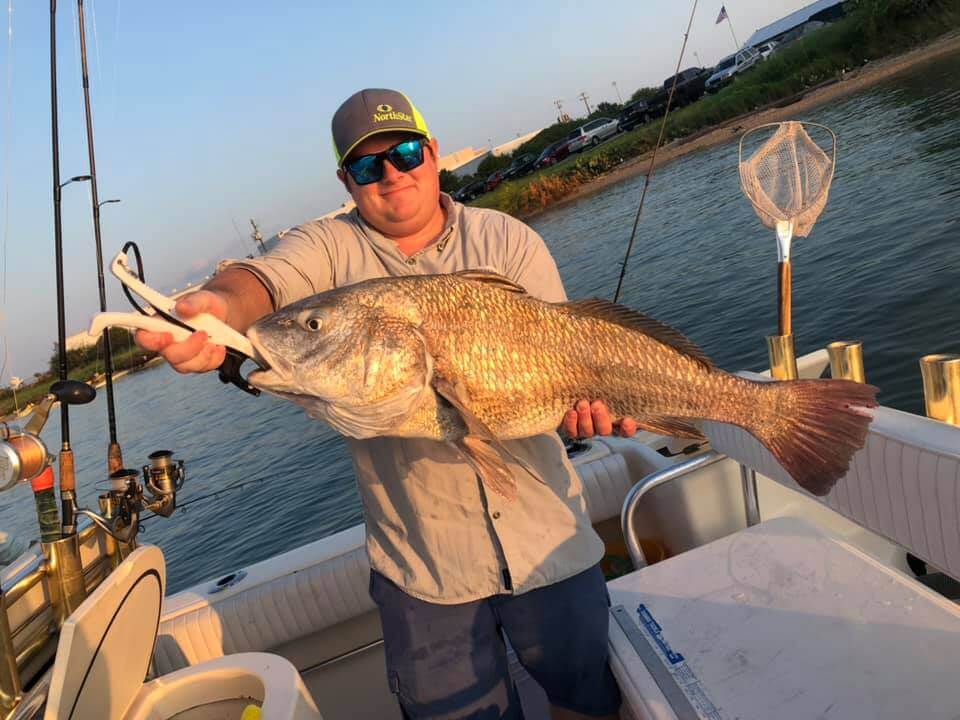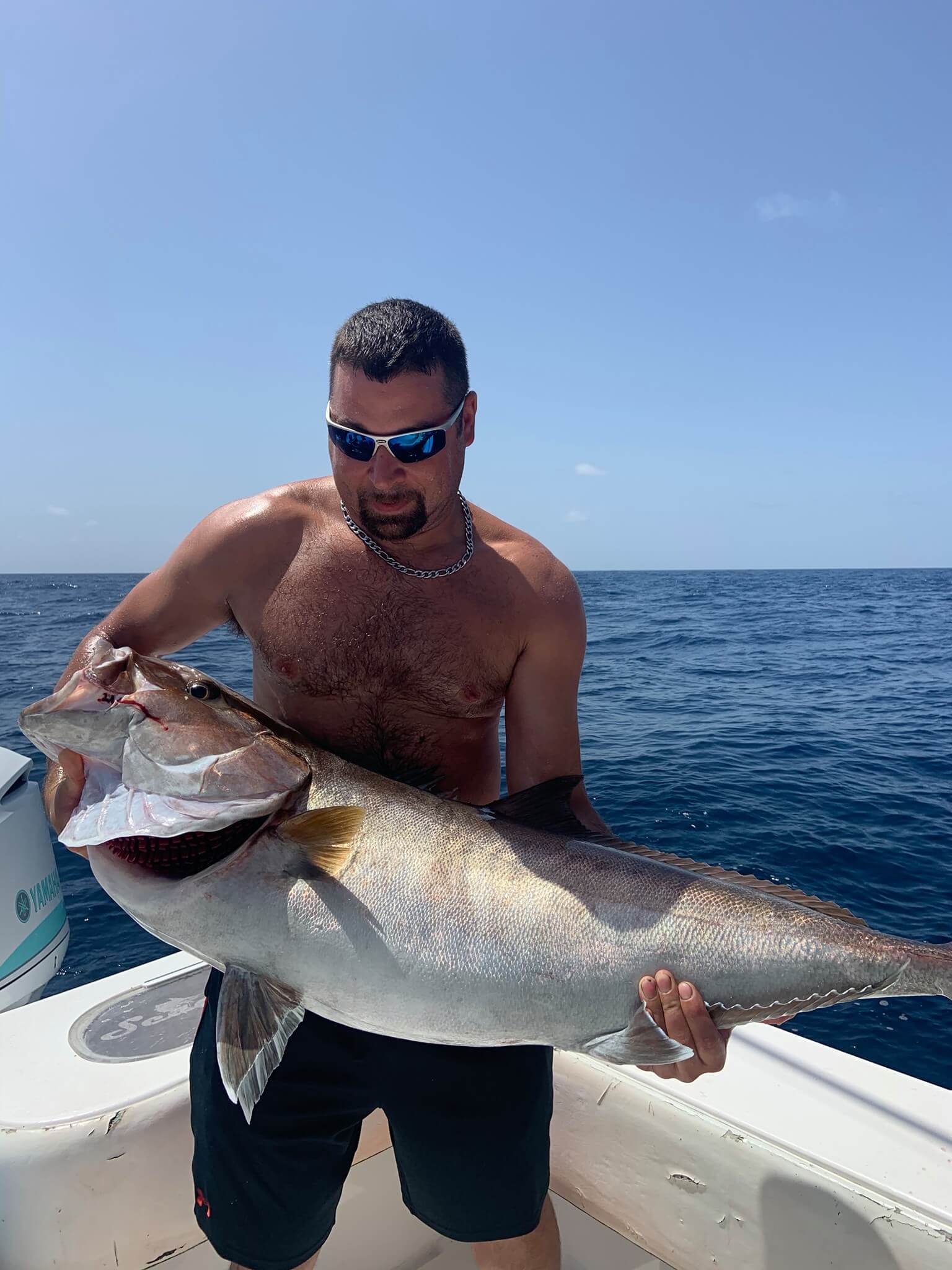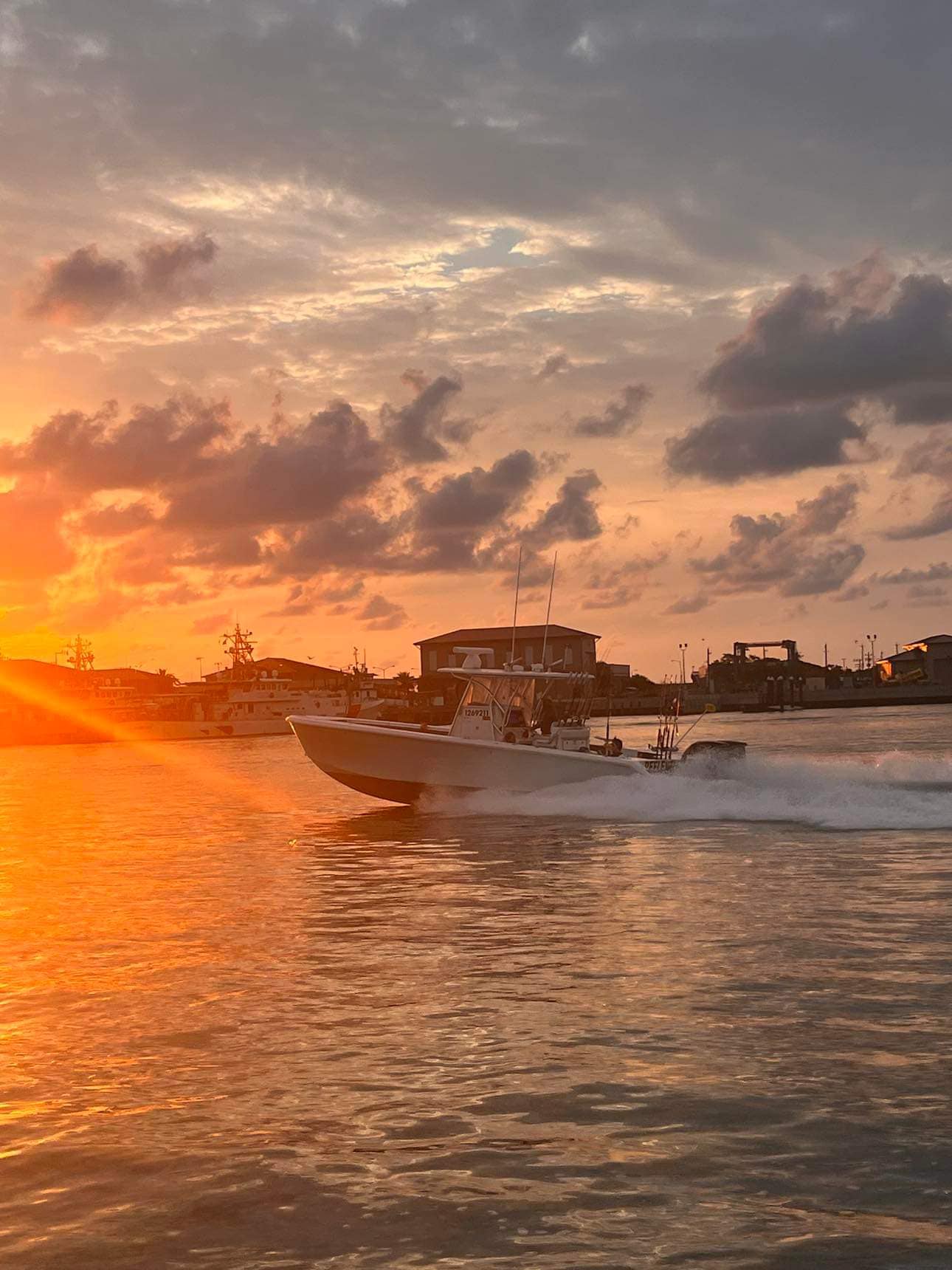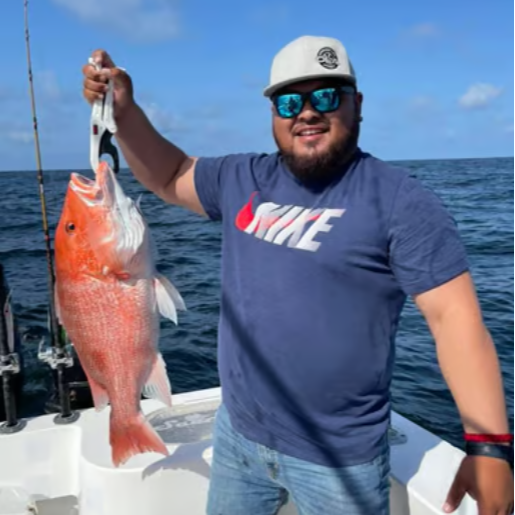Damn Good Guides
Experts Available 24/7
100% Weather Guarantee
“Our Damn Good Guides go above and beyond, and we’ve handpicked every single one. We’re passionate about the outdoors and look forward to getting you out on the trip of a lifetime, every time.”
Jonathan and Attison | Co-founders | Austin, Texas
Giant Trevally Fishing Charters
Live Bait Bottom Fishing
Inshore, Deep Sea, Nearshore in Wandoor
Big Game Fishing In Andaman
Inshore, Deep Sea, Nearshore in Sri Vijaya Puram
Half Day Game Fishing In Andaman
Inshore, Deep Sea, Snorkeling in Santa Catalina
Coiba Fishing Inshore
Deep Sea, Nearshore Fishing in Honolulu
Honolulu's Ultimate Sportfishing
Inshore, Deep Sea, Eco Tour in Santa Catalina
Offshore Camp Adventure 4 Days
Other Captain Experiences Trips
Inshore, Flats Fishing in Chatham
Early Season Cape Cod Flyfishing
Early Season Striper 33’
Tuna Trip - 26' Regulator
West Bay Trip
Upper Galveston Bay Trip
Inshore, Nearshore Fishing in Galveston
22' Whaler Inshore
22' Whaler Inshore - Texas City
Galveston Inshore Trip
Nearshore, Jetty Fishing in Galveston
Bay And Jetty Fishing
Nearshore, Jetty Fishing in Galveston
Shark And Bull Drum Trip
Nearshore Fishing in Galveston
State Water Slam
Going Deep - 35' Sea Hunter
Everything to Know About Booking a giant trevally fishing charter
What are the best giant trevally fishing charters?
The best giant trevally fishing charters are:
What is a giant trevally fish?
Giant trevally fish have it all. GTs are a member of the family of fish known as either jacks or trevallies, and the GT has adopted a number of names for itself which, again, speak to how iconic and well-known this fish is. Alternatively known as the lowly trevally, barrier trevally, giant kingfish, ulua, or its scientific name, Caranx ignobilis, the GT fish is a fish of many names.
Giant trevally Are typically silver in color and have some dark freckles, and males can get darker as they mature. Like many species in the jack family, they have a high, sloping forehead.
An extremely powerful and athletic fish for their size, giant trevally have historically been held in extremely high regard by many local populations. In Hawaii, they were revered as the famous Ulua, and considered an almost human, warrior-like fish that could not be eaten by women or hunted by commoners. There are stories that say when human sacrifice was not available, GTs would be used instead.
How big do giant trevally get?
Giant trevally can grow to fairly substantial sizes as the largest member of its scientific family. Giant trevallies have a total length between 30 and 70 inches, height between 10 and 20 inches, and an overall weight in the range of 30-130 pounds. They are commonly found no bigger than 3 feet and 50 pounds.
Whats the biggest giant trevally ever caught?
The IGFA all-tackle world record giant trevally is a massive 160+ pounder caught in Japan of all places.
Where is the best place to catch giant trevally?
Geographically you can catch giant trevally anywhere in the Indian Ocean, as well as anywhere in the Western Pacific from New Zealand to Japan. There have also been murmurs of a few fish being spotted on the west coast of South America, but it remains to be seen if populations will establish themselves there.
In terms of habitat, giant trevally are known to inhabit a fairly wide range of marine environments, including closer to shore areas like bays and lagoons (especially while they are younger and may not require or prefer as much salt water), as well as deeper reefs and atolls.
The GT is considered a semipelagic fish and will alternate between inshore and offshore waters, as well as up and down in the water column. They are also known to locally travel - moving between reefs and from deeper to shallower waters - and often have a territory where they hunt.
When should I catch giant trevally?
In terms of time of day, you'll want to target them sunrise and sunset, or otherwise when the baitfish are swimming most prominently in the area. In terms of season, this will depend on where in the world you are as giant trevally vary widely in terms of their range and location. For more popular fishing areas like Australia, the busiest season will be October to December, but there, like in most places, the fish can be caught year-round.
How do you catch giant trevally?
The giant trevally is a solitary fish for the most part, only congregating while mating or occasionally to hunt together. And since they are known to move around while hunting, they can be notoriously difficult to locate. When in deeper water you will need to chum. In shallower water, you should aim for the flats where you will be able to see them tail and push water before them.
Since giant trevallies are voracious hunters and will eat tons of different food, they can be caught on a wide variety of lures and baits. They are said to be susceptible to poppers and the noise they make, but many individuals have made work many strategies and lures. Many fly fishermen consider GT to be one of the top saltwater targets and will try to take them on the fly.
Once hooked, GTs are powerful and strong and will fight hard - one of the reasons they are such an awesome fish to catch and so well known as a gamefish. You will need heavy tackle.
Are giant trevally good to eat? What are the best giant trevally recipes?
While the GT historically has been eaten in many parts of the world, this is falling out of practice. The fishery has been somewhat in decline, and in addition there have been rumors of suspected ciguatera (a toxin found in certain reef fish). Most anglers today practice catch and release to show respect for the fish, and they are mainly fished for the thrill, challenge, and the fight, rather than for the table fare.
States
Other Fishing Species
- African Pompano
- Albacore Tuna
- Almaco Jack
- Amberjack
- Barracuda
- Black Grouper
- Black Marlin
- Blackfin Tuna
- Blue Marlin
- Bluefin Tuna
- Bonito
- Broomtail Grouper
- Bull Shark
- Cubera Snapper
- Dogtooth Tuna
- Goliath Grouper
- Hammerhead Shark
- Horse-eye Jack
- Jack Crevalle
- Kingfish
- Lobster
- Mahi Mahi
- Mangrove Snapper
- Milkfish
- Mullet Snapper
- Mutton Snapper
- Needlefish
- Pink Snapper
- Rainbow Runner
- Ray
- Red Grouper
- Roosterfish
- Sailfish
- Sierra Mackerel
- Skipjack Tuna
- Spanish Mackerel
- Spearfish
- Striped Marlin
- Wahoo
- Yellowfin Tuna
- Yellowtail Snapper
Tour Species
Featured Cities
- Fishing Charters Near Me
- Austin Fishing Guides
- Biloxi Fishing Charters
- Bradenton Fishing Charters
- Cabo San Lucas Fishing Charters
- Cancun Fishing Charters
- Cape Coral Fishing Charters
- Charleston Fishing Charters
- Clearwater Fishing Charters
- Corpus Christi Fishing Charters
- Crystal River Fishing Charters
- Dauphin Island Fishing Charters
- Daytona Beach Fishing Charters
- Destin Fishing Charters
- Fort Lauderdale Fishing Charters
- Fort Myers Fishing Charters
- Fort Walton Beach Fishing Charters
- Galveston Fishing Charters
- Gulf Shores Fishing Charters
- Hatteras Fishing Charters
- Hilton Head Fishing Charters
- Islamorada Fishing Charters
- Jacksonville Fishing Charters
- Jupiter Fishing Charters
- Key Largo Fishing Charters
- Key West Fishing Charters
- Kona Fishing Charters
- Lakeside Marblehead Fishing Charters
- Marathon Fishing Charters
- Marco Island Fishing Charters
- Miami Fishing Charters
- Montauk Fishing Charters
- Morehead City Fishing Charters
- Naples Fishing Charters
- New Orleans Fishing Charters
- New Smyrna Beach Fishing Charters
- Ocean City Fishing Charters
- Orange Beach Fishing Charters
- Panama City Beach Fishing Charters
- Pensacola Fishing Charters
- Pompano Beach Fishing Charters
- Port Aransas Fishing Charters
- Port Orange Fishing Charters
- Rockport Fishing Charters
- San Diego Fishing Charters
- San Juan Fishing Charters
- Sarasota Fishing Charters
- South Padre Island Fishing Charters
- St. Augustine Fishing Charters
- St. Petersburg Fishing Charters
- Tampa Fishing Charters
- Tarpon Springs Fishing Charters
- Venice Fishing Charters
- Virginia Beach Fishing Charters
- West Palm Beach Fishing Charters
- Wilmington Fishing Charters
- Wrightsville Beach Fishing Charters
What's biting?
View Giant Trevally Fishing Reports from our damn good guides.
Didn't Find What You Were Looking For?
Our guides are Damn Good Guides, which means they’re vetted by our team of outdoor experts who know them on a first-name basis. We hand pick each and every one of them, and our network spans all across the US and beyond.
The proof is in the pudding, and we’re incredibly proud of our 4.9 / 5 average review score. Hit the button below to see more trip options:
